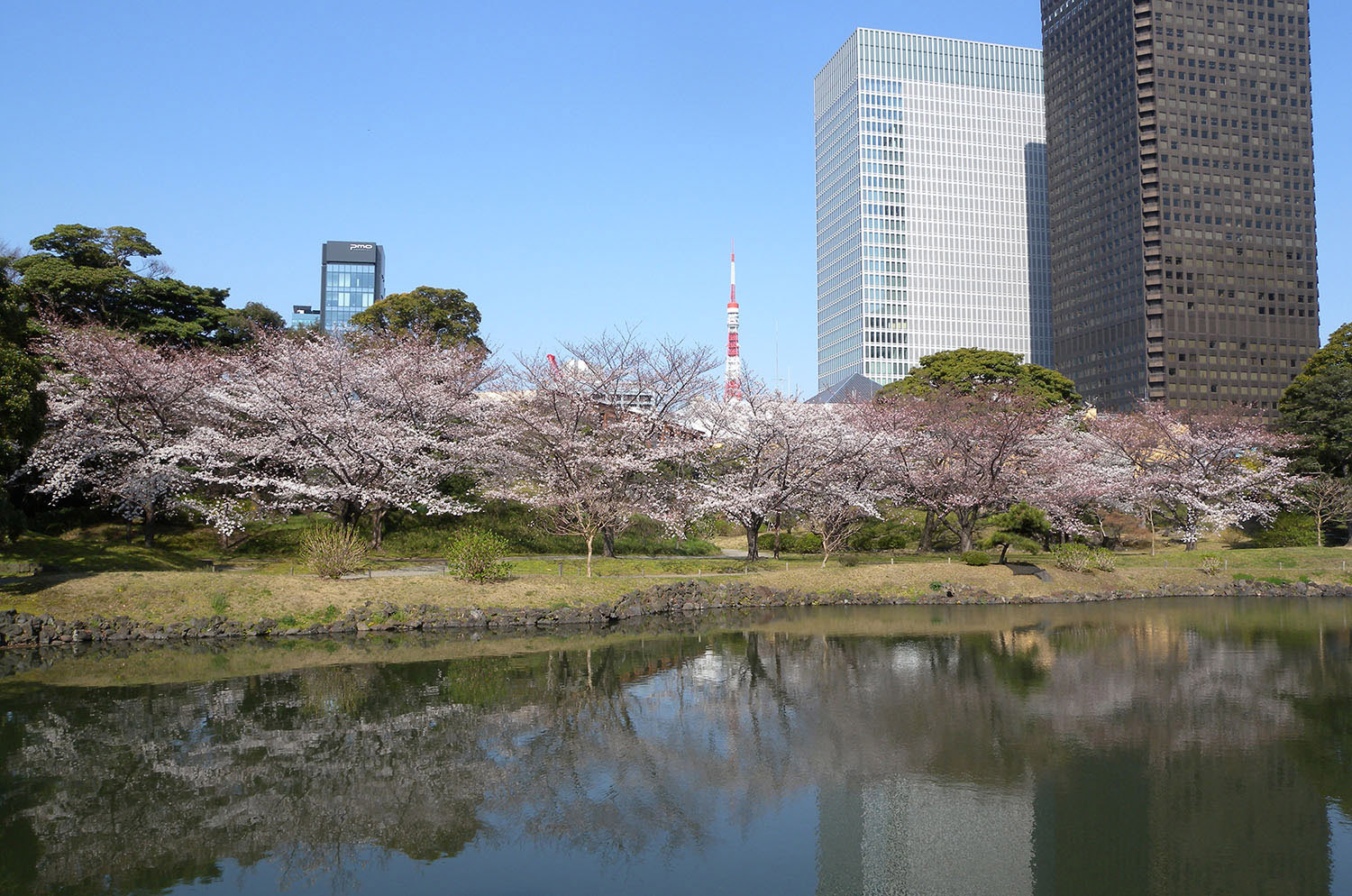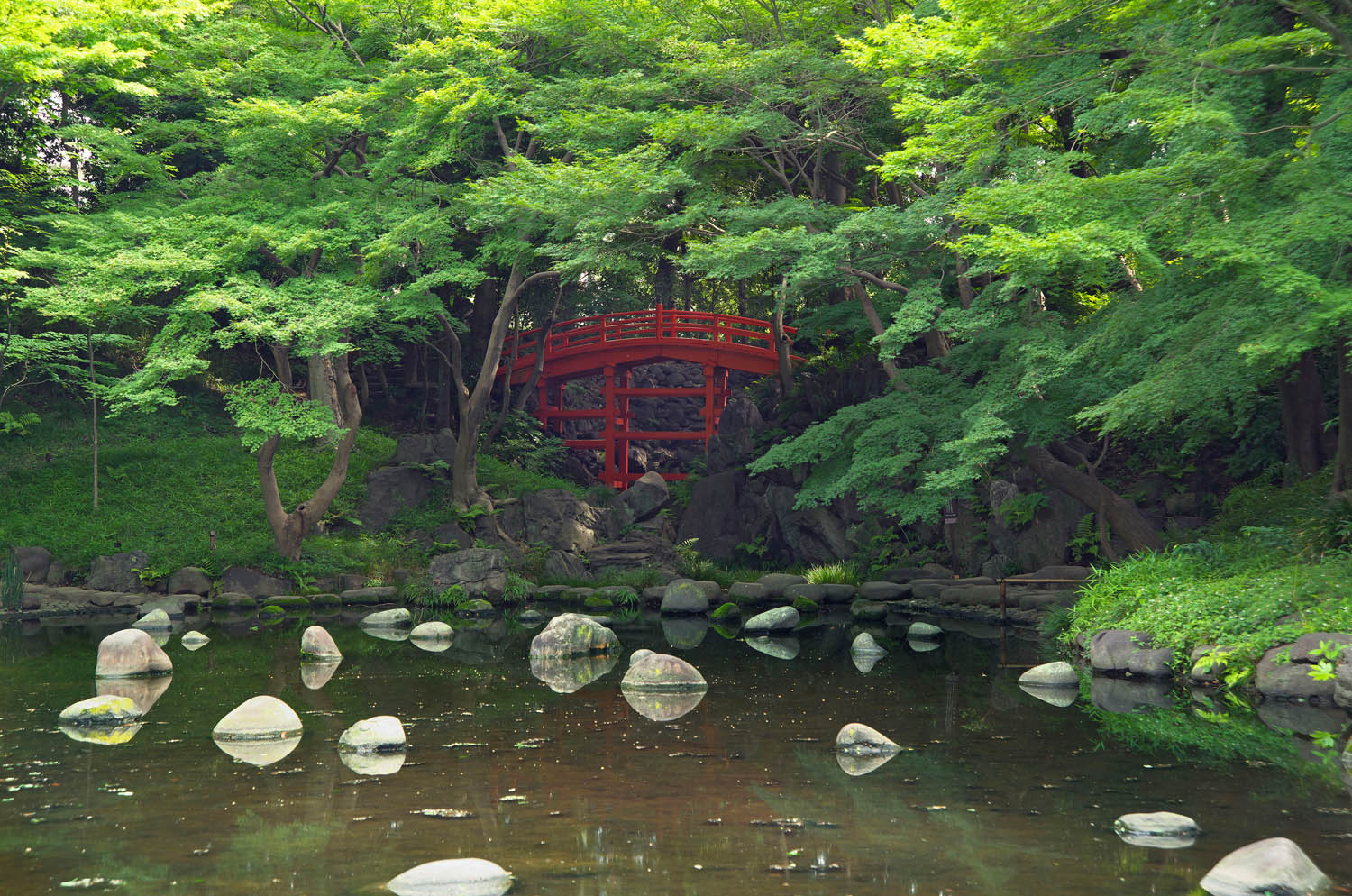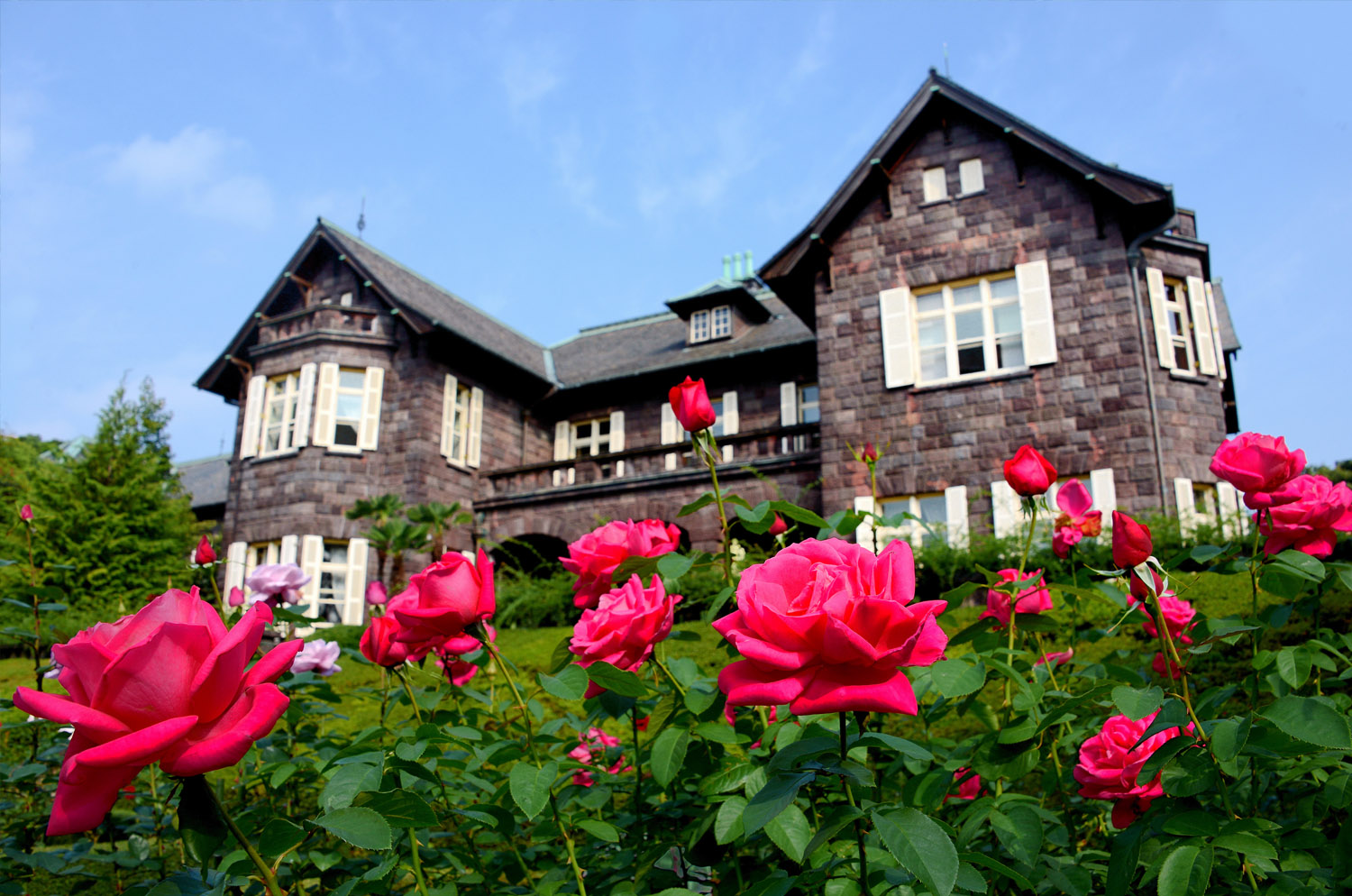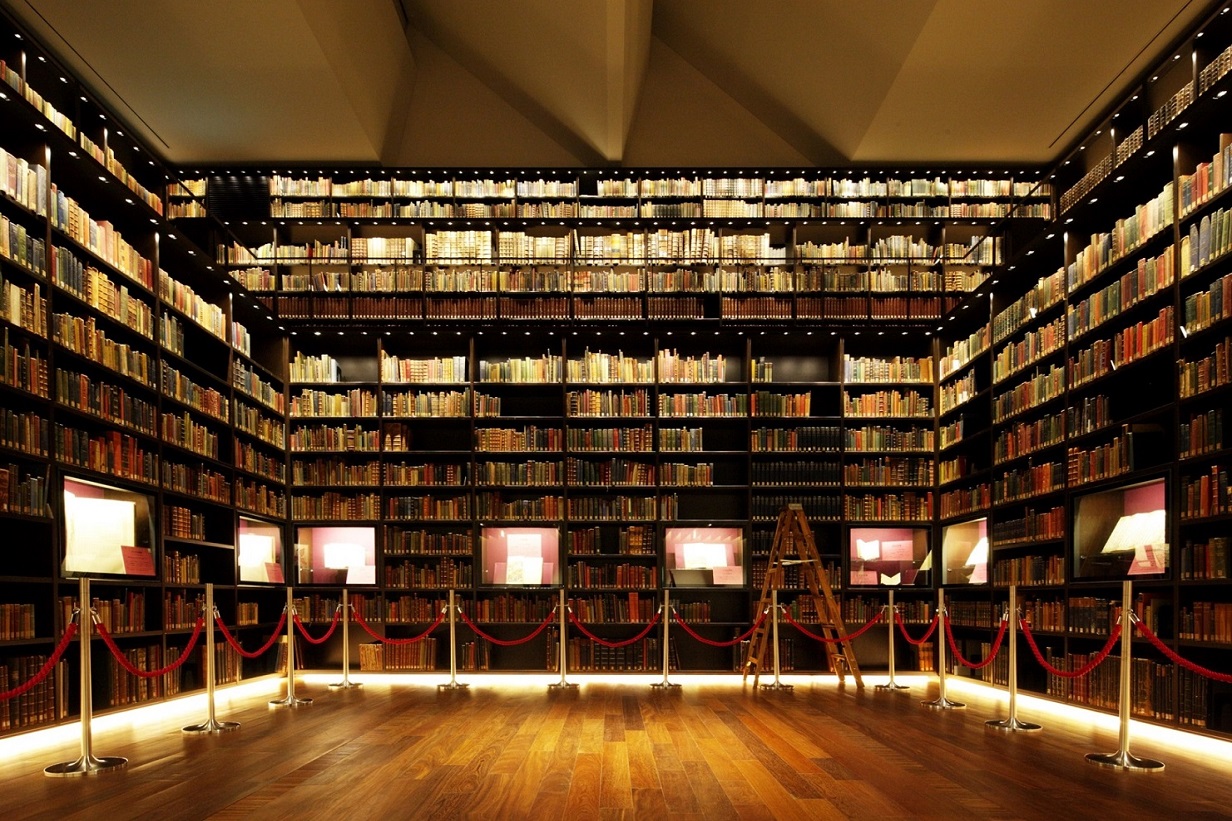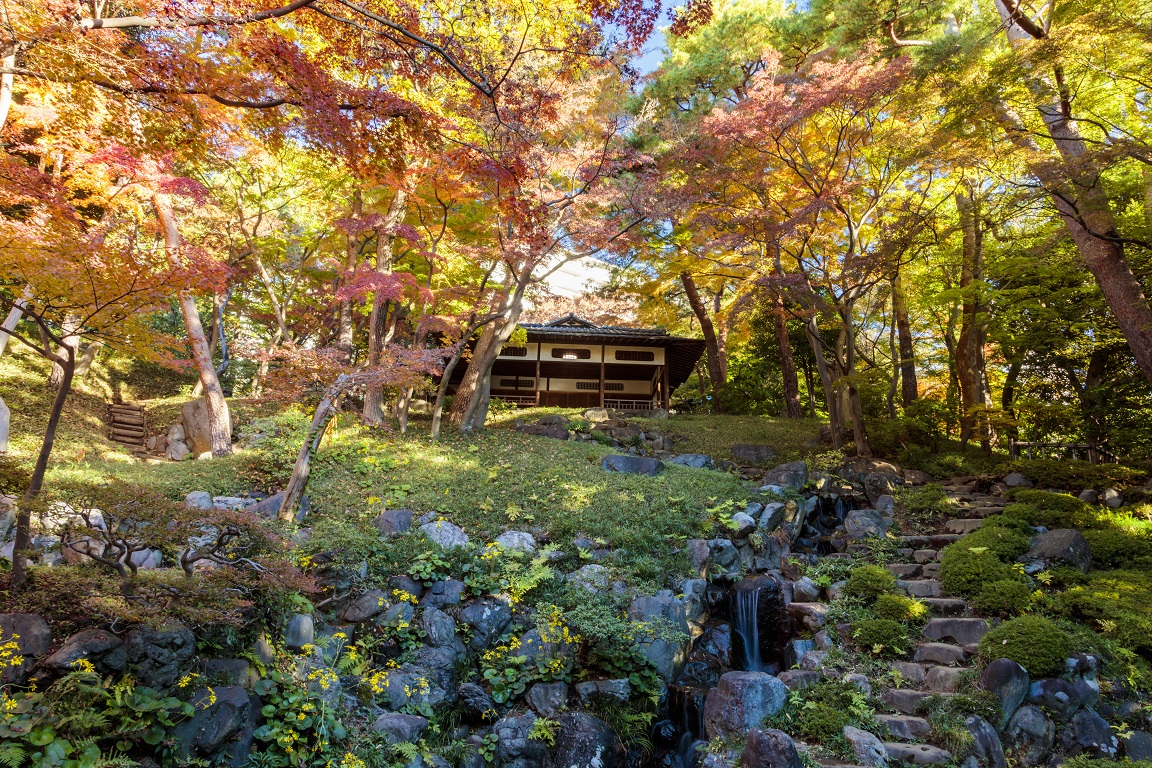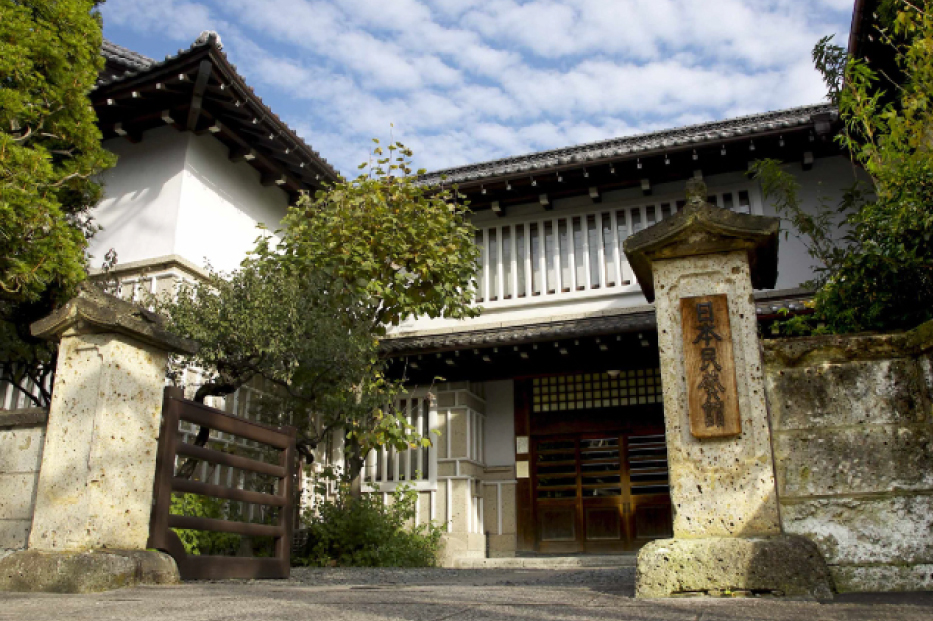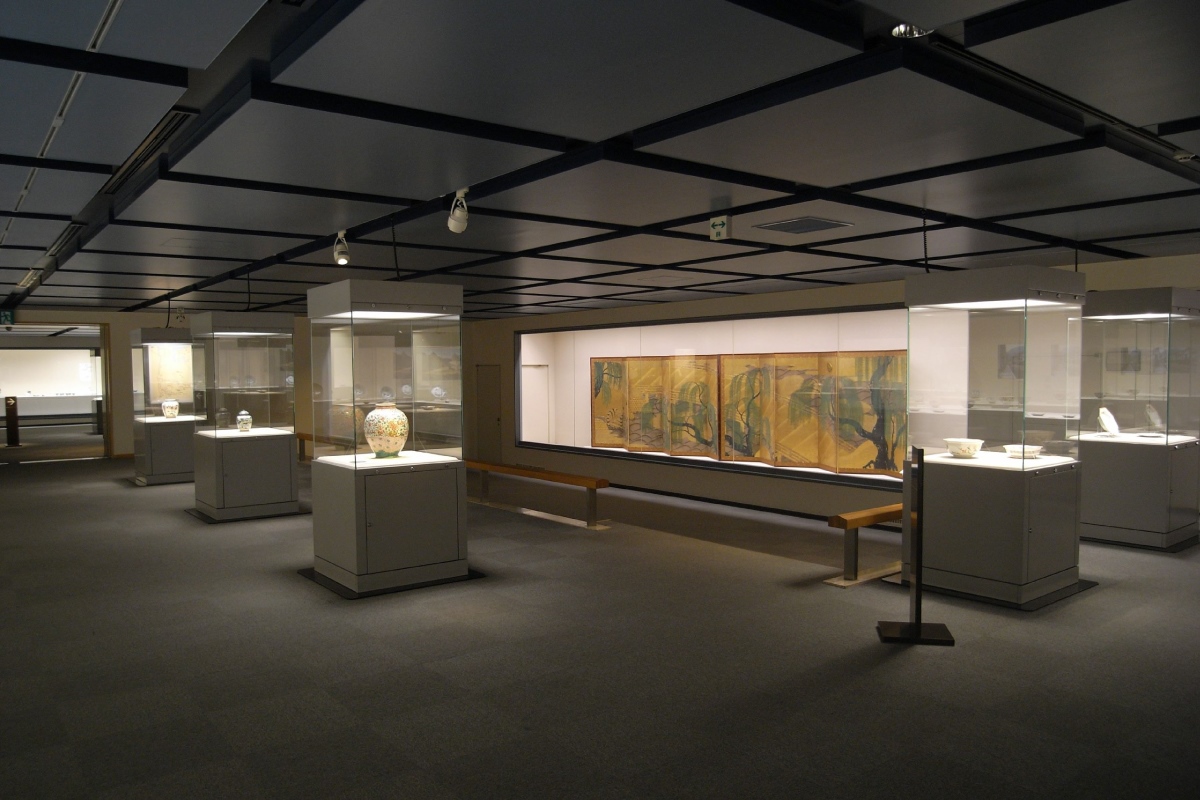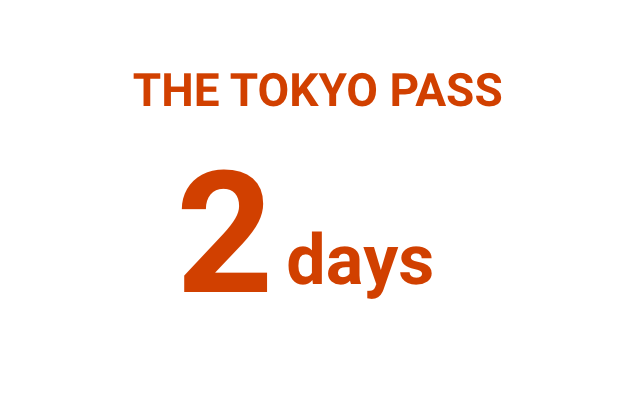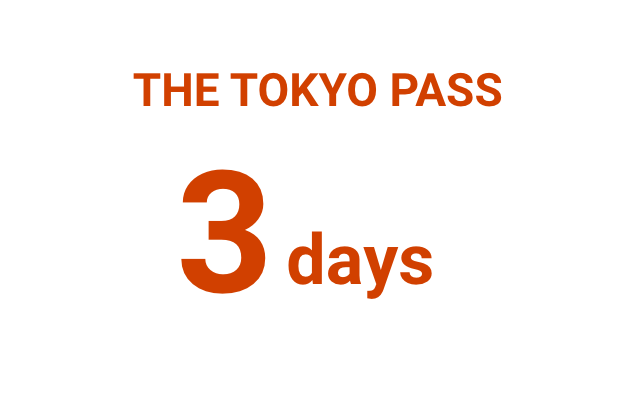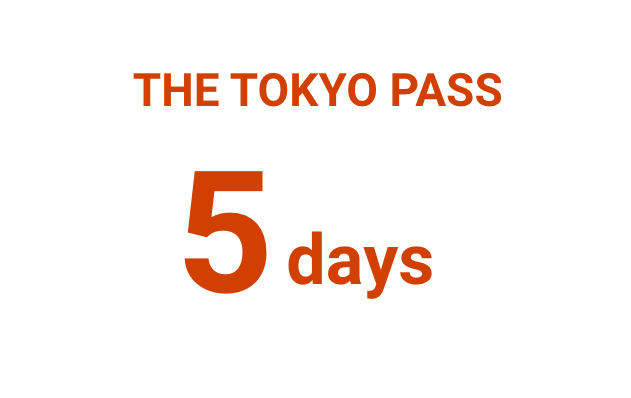







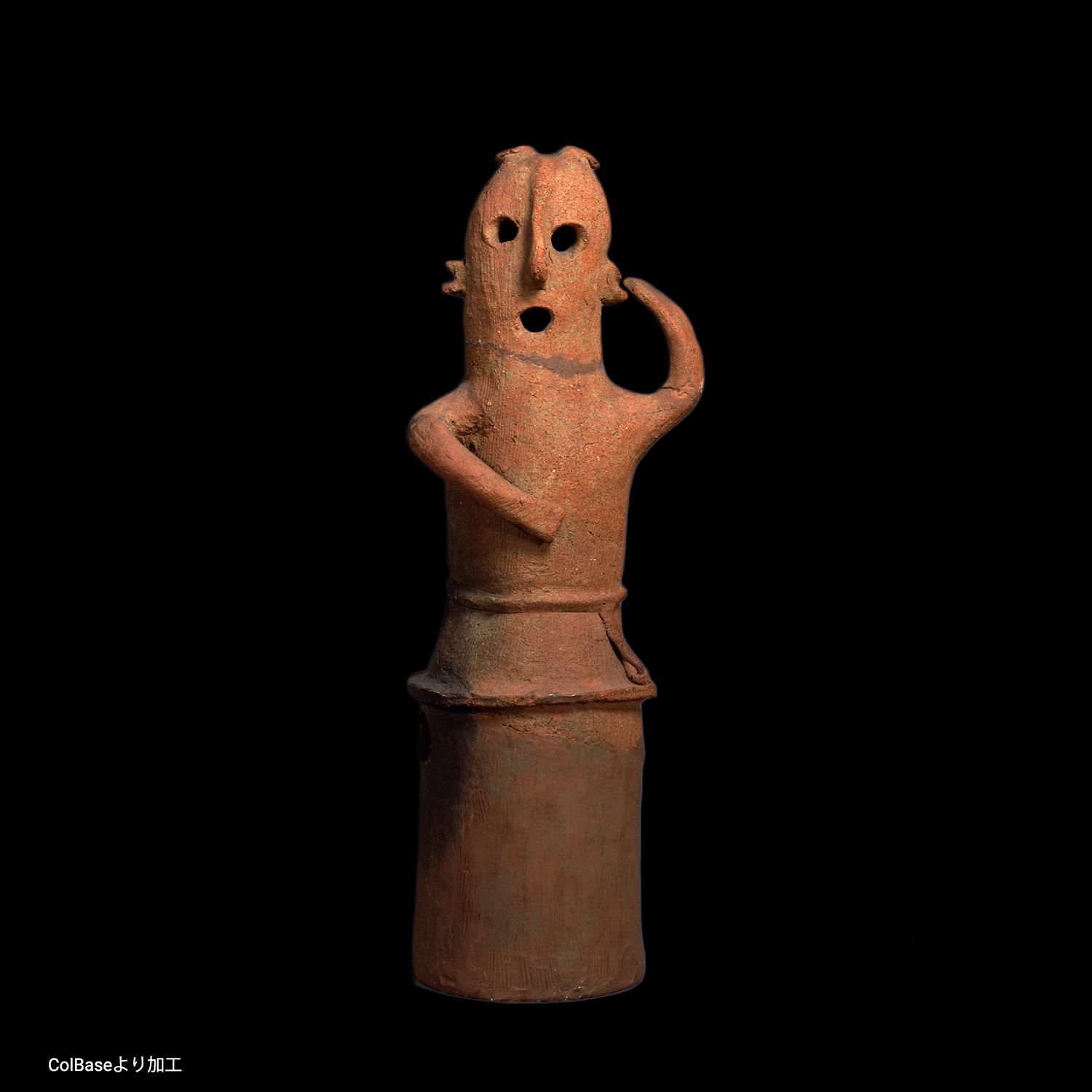

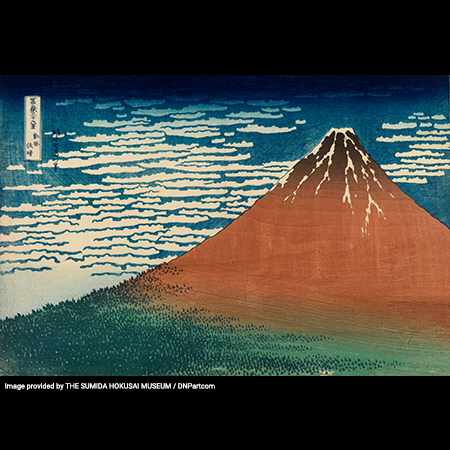
Full array of must-have and popular cultural attractions in Tokyo
- New Blog post“3-Day Itinerary: Make your way across Tokyo, enjoying great tastes along the way”
- New Blog post“Visit museums around Imperial Palace with THE TOKYO PASS”
- New Blog post“Visit museums in Odaiba and Rinkai with THE TOKYO PASS”
- New Blog post“Visit museums in Shibuya with THE TOKYO PASS”
- New Blog post“Visit museums in Ebisu and Meguro with THE TOKYO PASS”
- Also conducted this year!National Stadium Stadium Night Tour from August 5.
*Tour dates are irregular. Please check the website in advance. - The Museum of the Imperial Collections, Sannomaru Shozokan will be added May 21.
- Idemitsu Museum of Arts will be added Apr 23.
- Tokyo Opera City Art Gallery will be added Apr 11.
- The Japan Folk Crafts Museum will be added Apr 2.
- ART AQUARIUM Museum GINZA will be added Feb 16.
- TOGURI MUSEUM OF ART will be added Jan 7.
- Toyo Bunko Museum will be added Oct 14.
- Panasonic Shiodome Museum of Art will be added Oct 7.
- SEN-OKU HAKUKOKAN MUSEUM TOKYO will be added Sep 2.
- The Gotoh Museum will be added Aug 26.
- Fukagawa Edo Museum will be added July 1.
- Sompo Museum of Art will be added June 24.
- Seikado Bunko Art Museum will be added June 17.
- Japan National Stadium Tour will be added May 23.
*Tour dates are irregular. Please check the website in advance.
We also provide recommended routes and itineraries!
#itineraries Ueno area Roppongi area Ginza area Shibuya area

TOKYO NATIONAL MUSEUM
The Tokyo National Museum (TNM) is the oldest institution of its kind in Japan.
TNM exhibits artworks, archaeological artifacts, and other cultural properties from Japan and other regions of Asia.
We are further advancing the museum as a “Gateway to Japanese Culture” or “Face of Japan,” a place that provides accessible introductions to Japanese culture together with opportunities to become familiarized with Japanese traditions.

Shinjuku Gyoen National Garden
This is the urban oasis with 58.3 hectares, constructed on the site of Daimyo’s residence in the Edo period. This characteristic garden has well-balanced combination of European style gardens and Japanese traditional garden. It was once made as a garden for the Imperial Family, however, became a national garden later and attracts widespread popularity today.

Mori Art Museum
Located on the 53rd floor of Roppongi Hills Mori Tower, this is an international contemporary art museum. It holds special exhibitions of art, architecture, and design with a unique perspective. It is open until late at night, which is a part of its appeal.
w.jpg)
The Japanese Sword Museum
This museum was founded to disseminate Japanese sword culture. In addition to Japanese swords, which are said “Arms were enhanced to artistic crafts,” the collection includes armors and ancient records. Many national treasures and important cultural properties are also housed there.
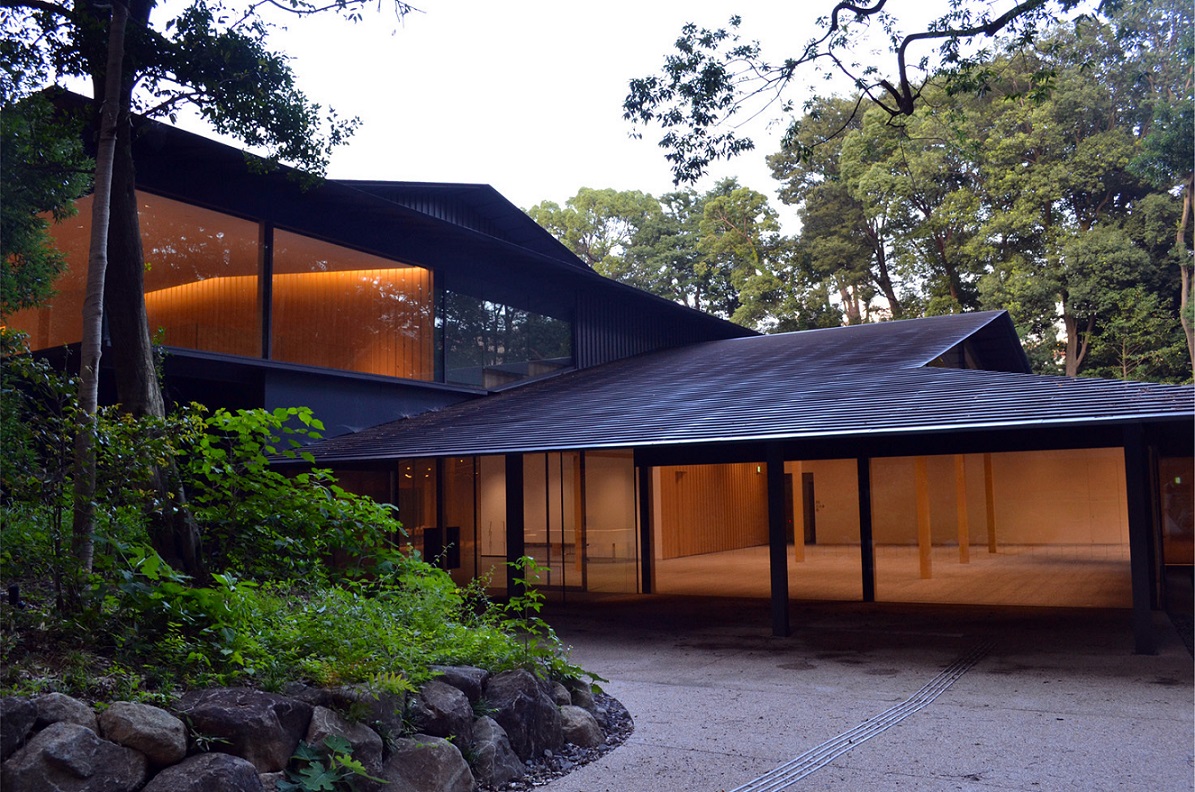
Meiji Jingu Museum
This is a popular spot among domestic and international tourists. The museum is located approximately 200 meters from the Harajuku Gate of Meiji Jingu where Emperor Meiji and Empress Shoken were enshrined and exhibits the items associated with them.
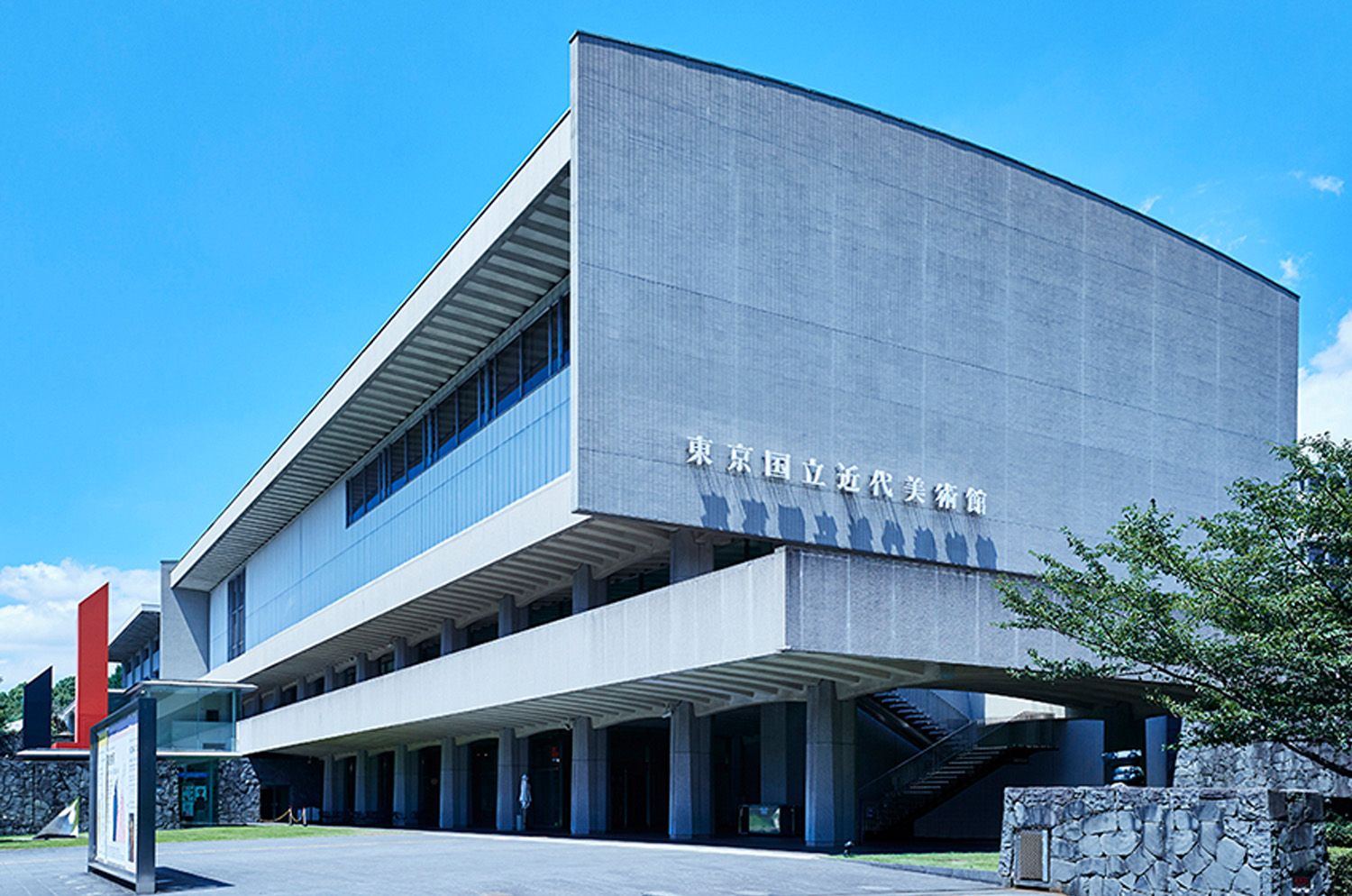
The National Museum of Modern Art, Tokyo
Located near the Imperial Palace, this is the first national art museum in Japan. The museum houses one of the largest collections of Japanese art from the end of the 19th century to the present with more than 13,000 masterpieces in various genres. In spring, you can enjoy beautiful scenery of cherry blossoms in the Imperial Palace from the museum.
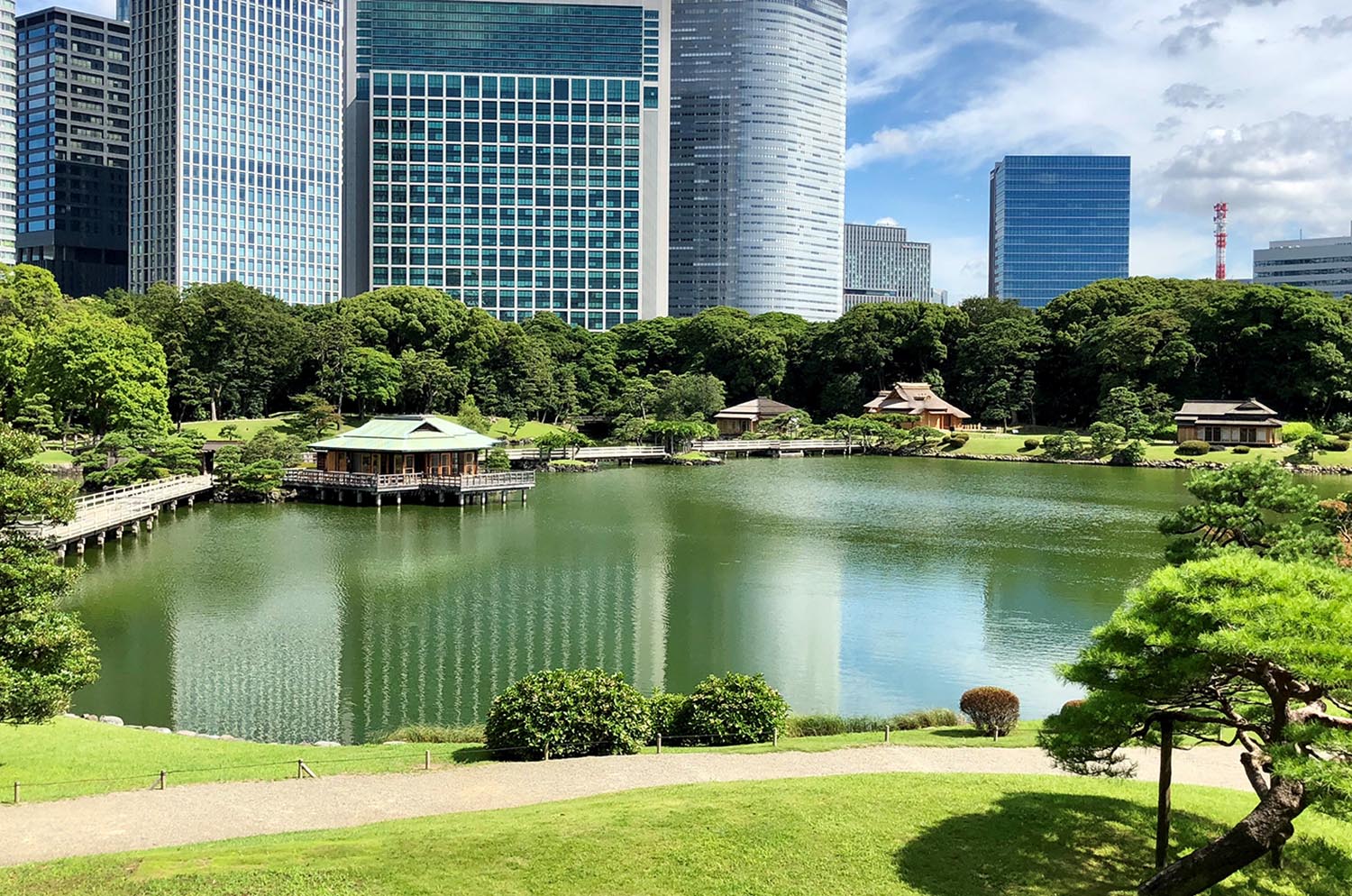
Hama-rikyu Gardens
The garden is a typical Daimyo garden of the Edo period, which has a pond created by drawing seawater and using ebbs and flows of tide. The beautiful contrast between the surrounding skyscrapers and the pond in the garden is a quite a sight.
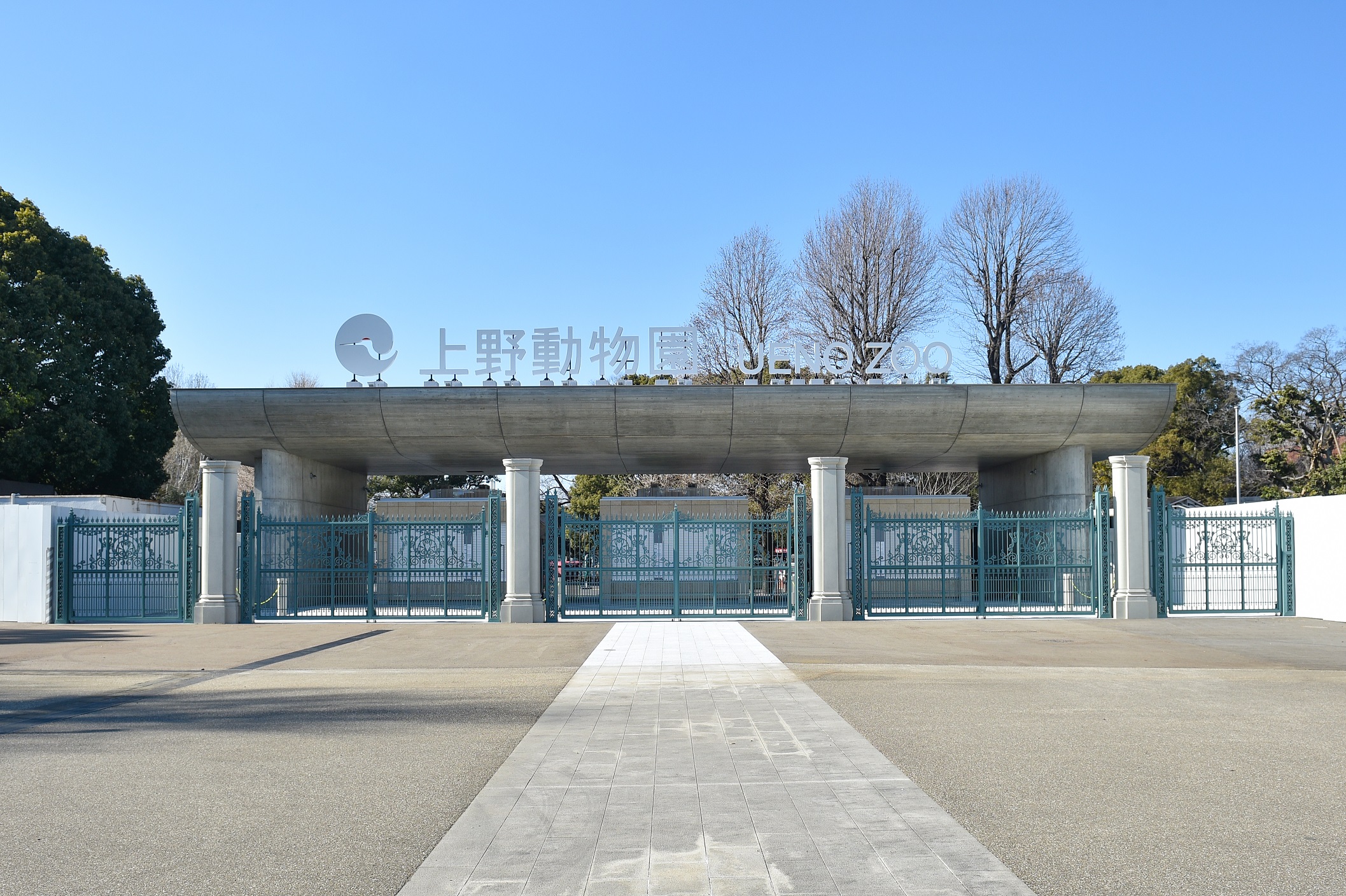
Ueno Zoological Gardens
Opened in 1882, this is the first zoo in Japan. While located in the center of Tokyo, this urban-type zoo has sustained the nature and its scenery. Along with popular pandas, approximately 350 different species and 3,000 animals are reared in the zoo.

21_21 DESIGN SIGHT
The design institution founded by Issey Miyake, one of Japan’s leading designers, and directed by Taku Satoh and Naoto Fukasawa. It offers exhibitions and talks on the theme of “everyday life” from a design perspective, providing an experience filled with the fun and fresh surprises of design.

Miraikan – The National Museum of Emerging Science and Innovation
This national museum of science provides visitors with an advanced science and technology experience. Through a variety of exhibitions and other programs, you can experience ongoing science and technology on different scales, from simple questions to the latest technologies, the global environment, the exploration of the universe, and the mysteries of life.

THE SUMIDA HOKUSAI MUSEUM
The museum features Katsushika Hokusai, Japanese ukiyo-e artist. You can follow Hokusai’s history of art works, which were arduously created up to his 90s. The novel architecture designed by Sejima Kazuyo is also highlight in the museum.

Suntory Museum of Art
The museum is located in Tokyo Midtown, Roppongi. It houses a collection of approximately 3,000 art works, including a national treasure and important cultural properties and holds the thematic exhibitions for Japanese arts, such as paintings, ceramics, lacquerware, and glassware.
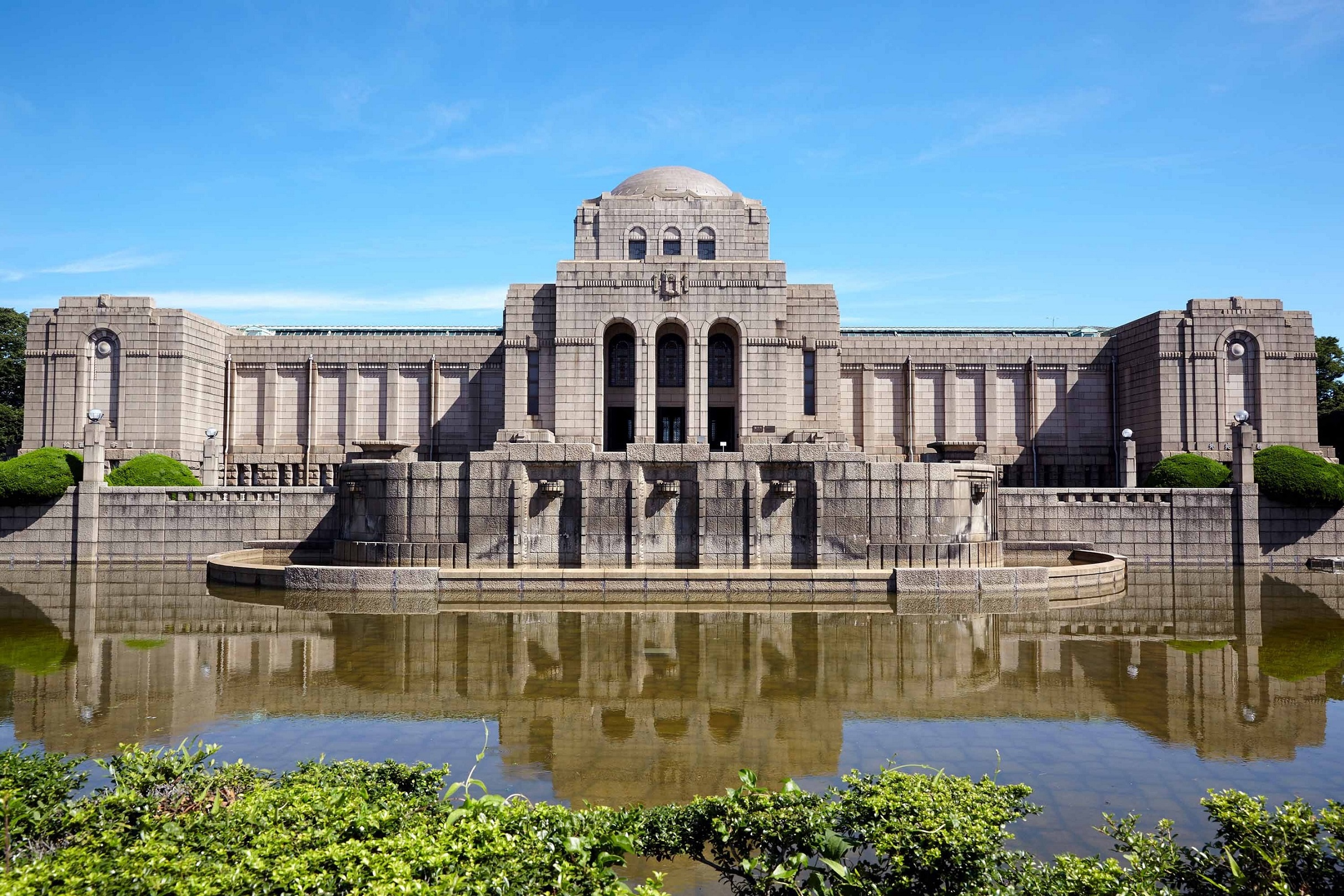
Meiji Memorial Picture Gallery
The Gallery in front of the avenue lined with Ginkgo trees in Meiji Jingu Gaien exhibits the 80 masterpieces that show the revolution of Meiji Restoration, achieved mainly by the Meiji emperor and his brave figures and historic scenes. This gallery is the symbol of Jingu Gaien and is a valuable cultural asset along with its architecture.
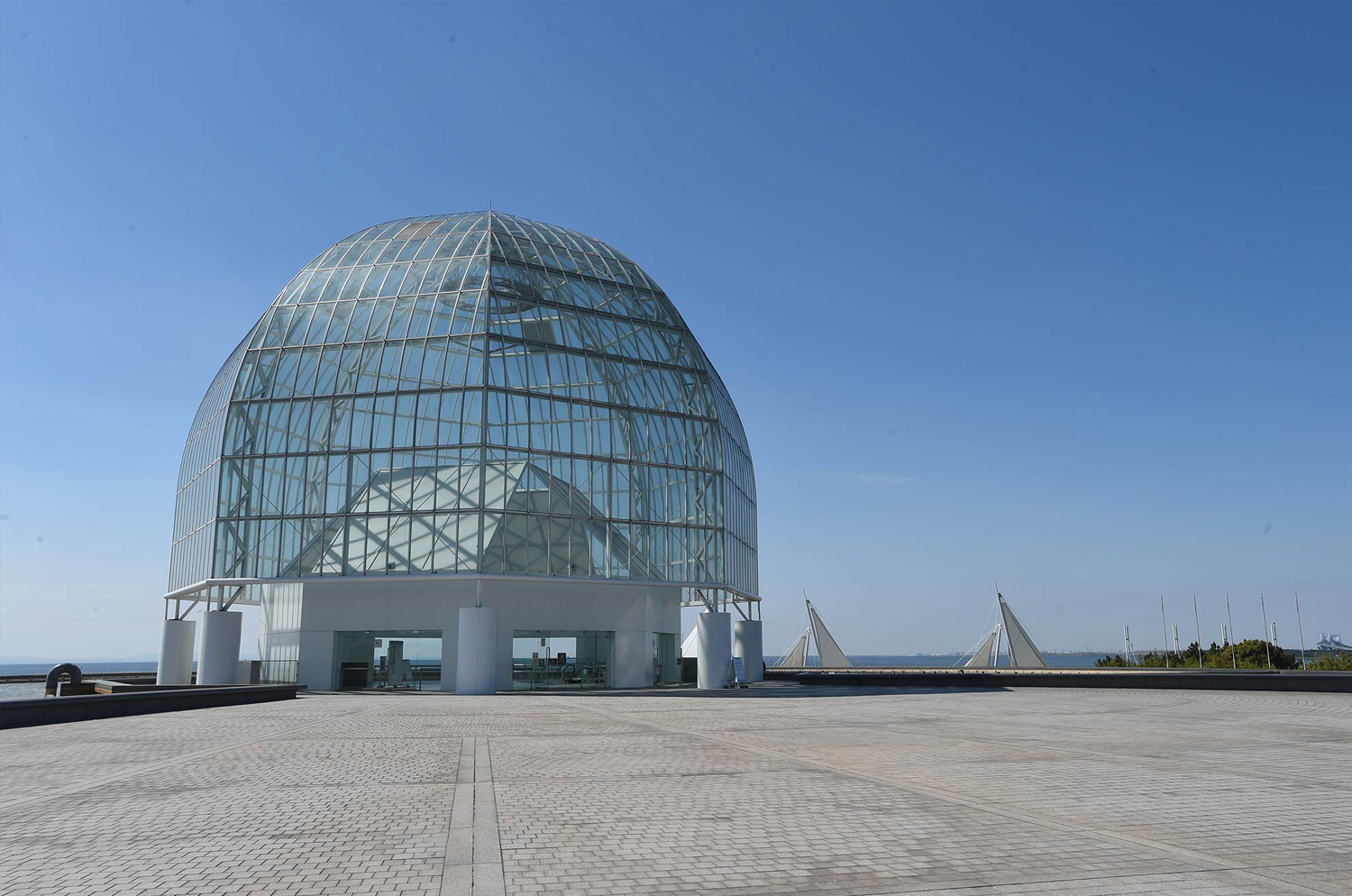
Tokyo Sea Life Park
The aquarium exhibits a huge tank of bluefin tunas, which has realized the world’s first schooling of pelagic fish, penguins swimming around in one of the largest habitats in Japan, and other numerous species of creatures. The park, adjacent to the aquarium, has the Ferris wheel, the artificial beach, and the Birds Sanctuary so that the whole family can enjoy them.
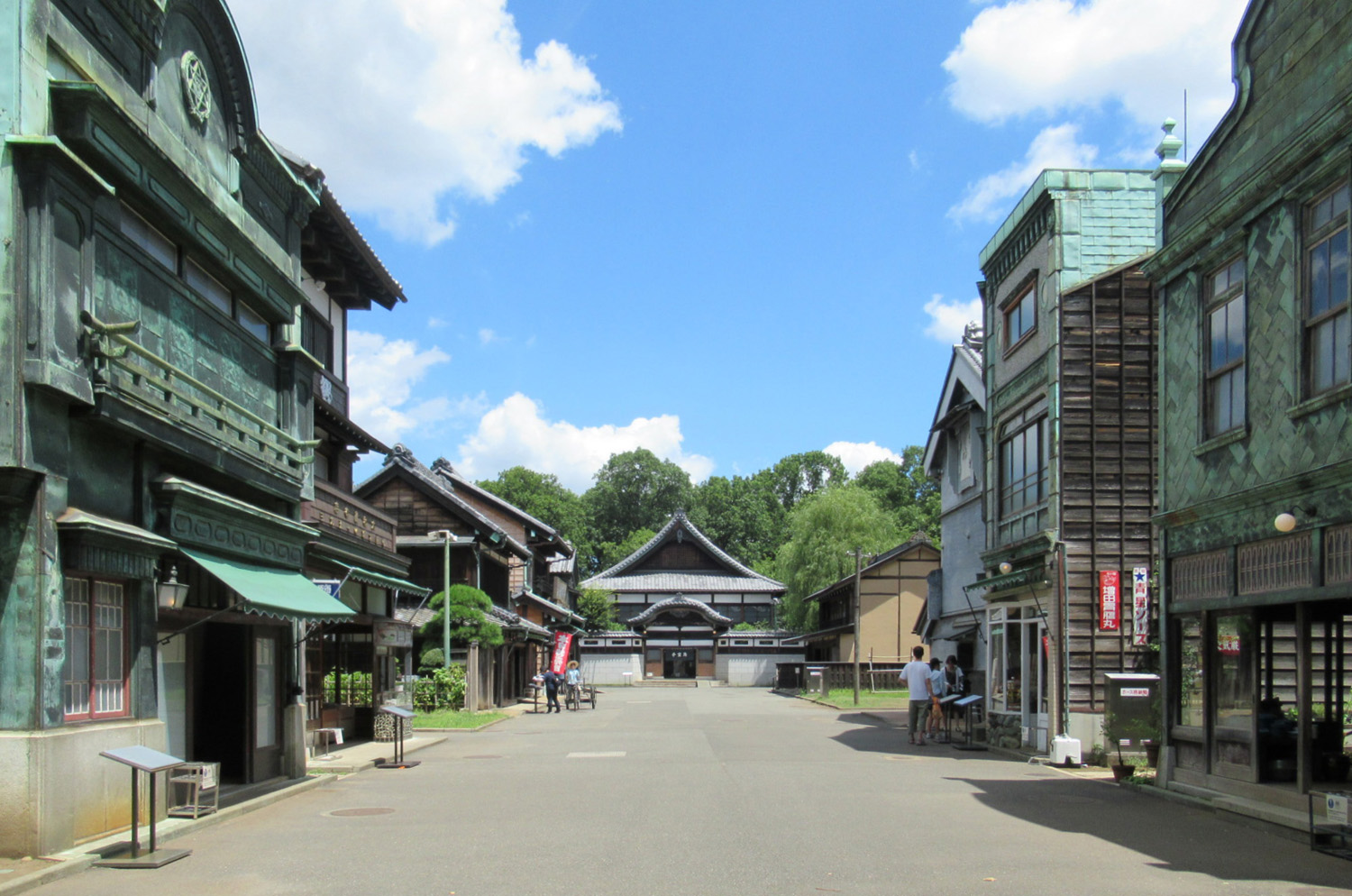
Edo-Tokyo Open Air Architectural Museum
This is the open-air museum that relocates 30 historical buildings of great cultural value and restores, preserves, and exhibits them. The museum with rich nature also holds seasonal events and exhibitions to make use of the buildings.
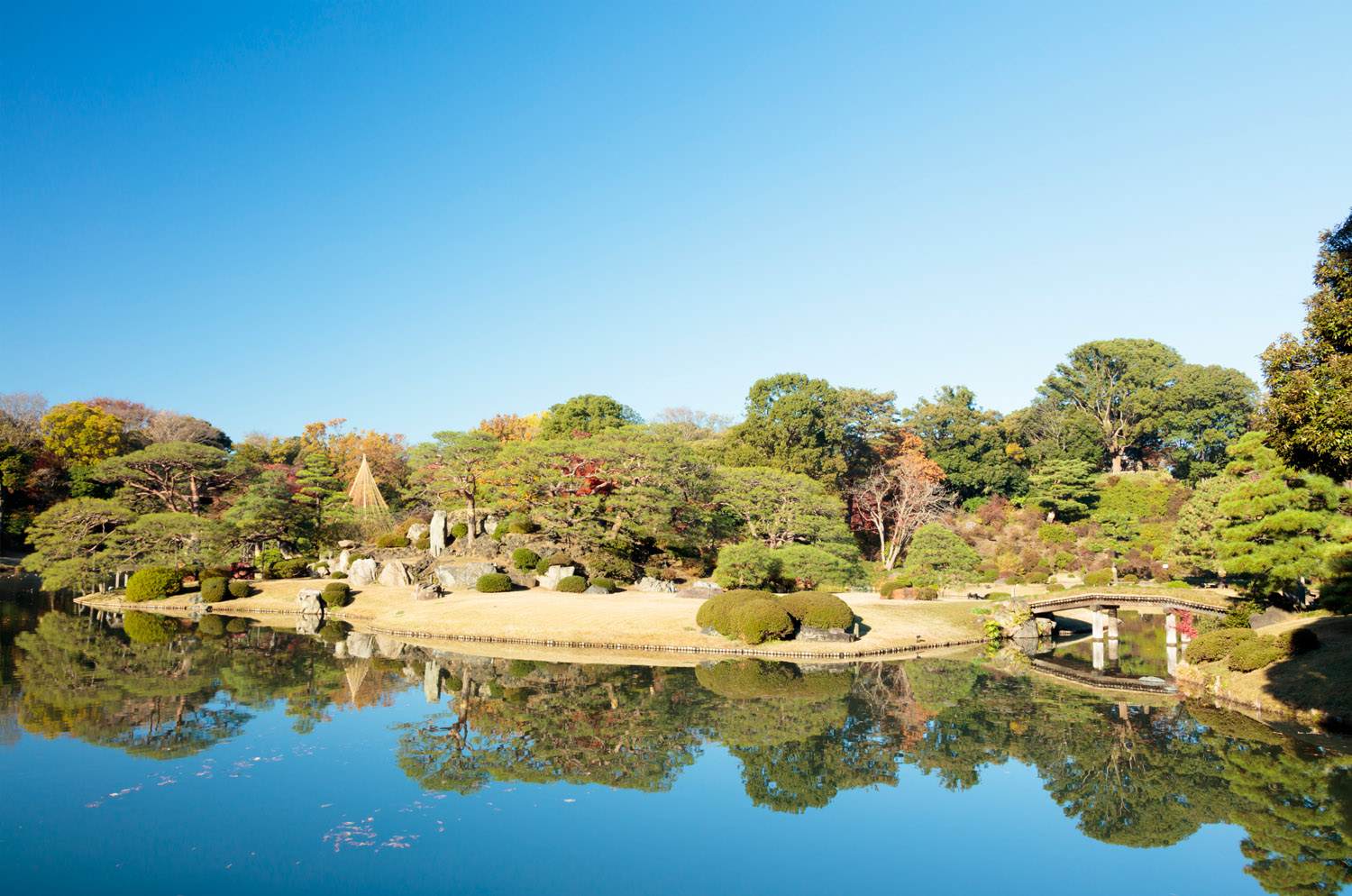
Rikugien Gardens
This is one of the two major gardens of the Edo period together with Koishikawa Korakuen. The highlight is Shidarezakura (weeping cherry tree). It produces a full branch of light pink flowers around the end of March. The cherry tree is reminiscent of a cascading waterfall and the scenery is beyond description.
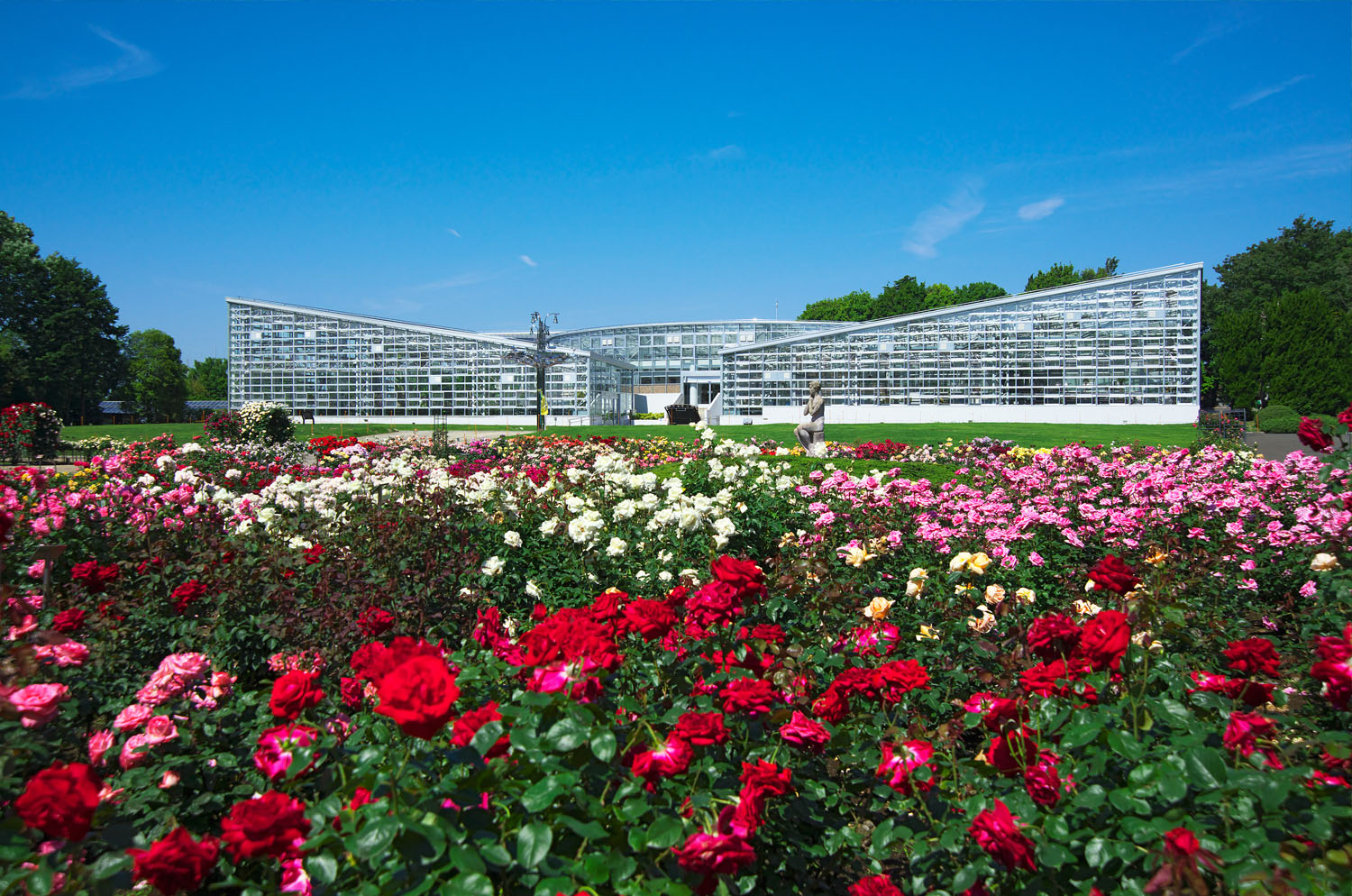
Jindai Botanical Gardens
This is the only botanical park in Tokyo, which is divided into 30 blocks according to the types of plants, such as Rose Garden, Azalea Garden, Plum Garden, and Bush clover Garden. You can enjoy the plants themselves and beauty of flowers in all seasons.
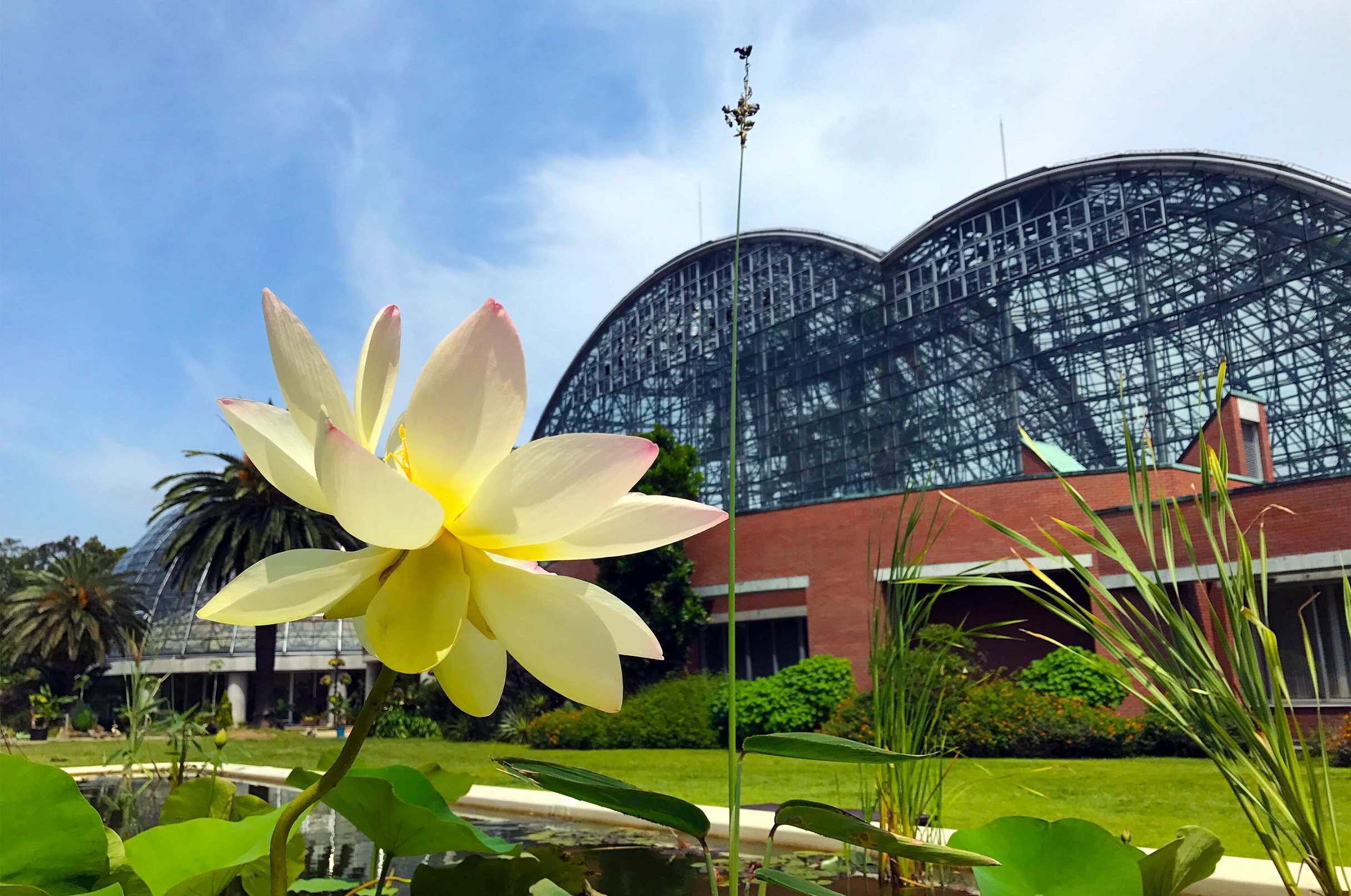
Yumenoshima Tropical Greenhouse Dome
This botanical garden has a collection of tropical and subtropical plants.The large greenhouse is designed to resemble a tropical rainforest, and consists of three sections: Dome A, with a large waterfall and water plants; Dome B, with fruit trees and tropical village; and Dome C, with a collection of rare species from the Ogasawara Islands. Residual heat from the waste incineration plant is used as energy for air conditioning in the garden.

Yamatane Museum of Art
This is the first museum in Japan to specialize in Nihonga. The collection encompasses approximately 1,800 works mainly in Japanese-style paintings, including ancient pictures, ukiyo-e, oil paintings and 6 important cultural properties. The museum displays 5 to 6 exhibitions throughout the year.

TOKYO PHOTOGRAPHIC ART MUSEUM
This is one of the few museums in the world that specialize in photography and moving images. The museum annually holds more than 15 exhibitions including solo exhibitions of prominent artists in Japan and abroad in its three galleries.
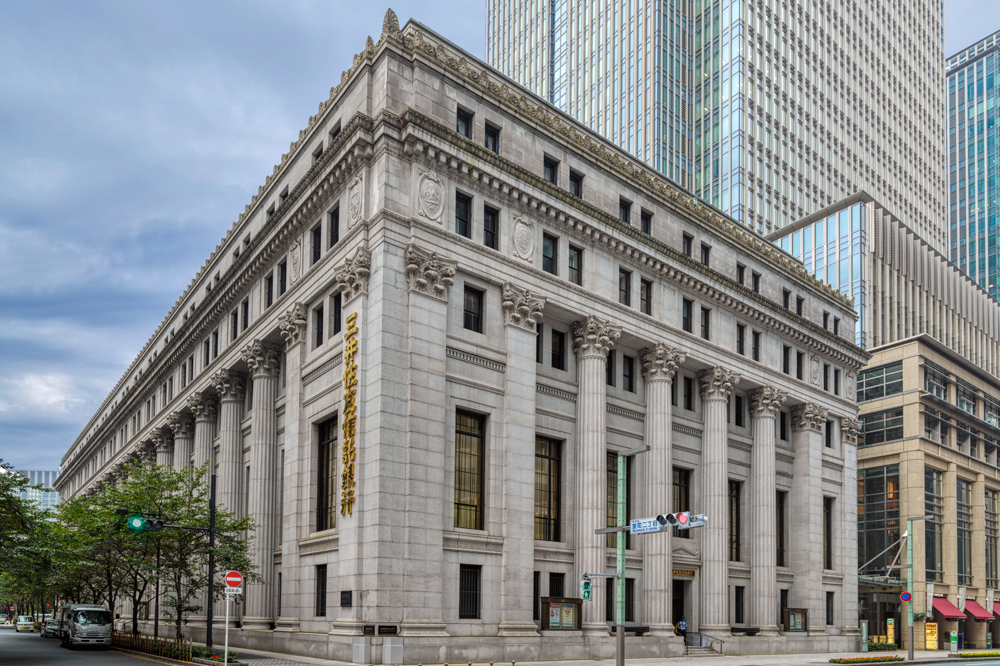
Mitsui Memorial Museum
This museum is directly connected to the station. Its collection includes approximately 4,000 fine arts and crafts and over 130,000 postage stamps in Japan and Asia, which were collected by the Mitsui family with a history of 350 years since the Edo period.
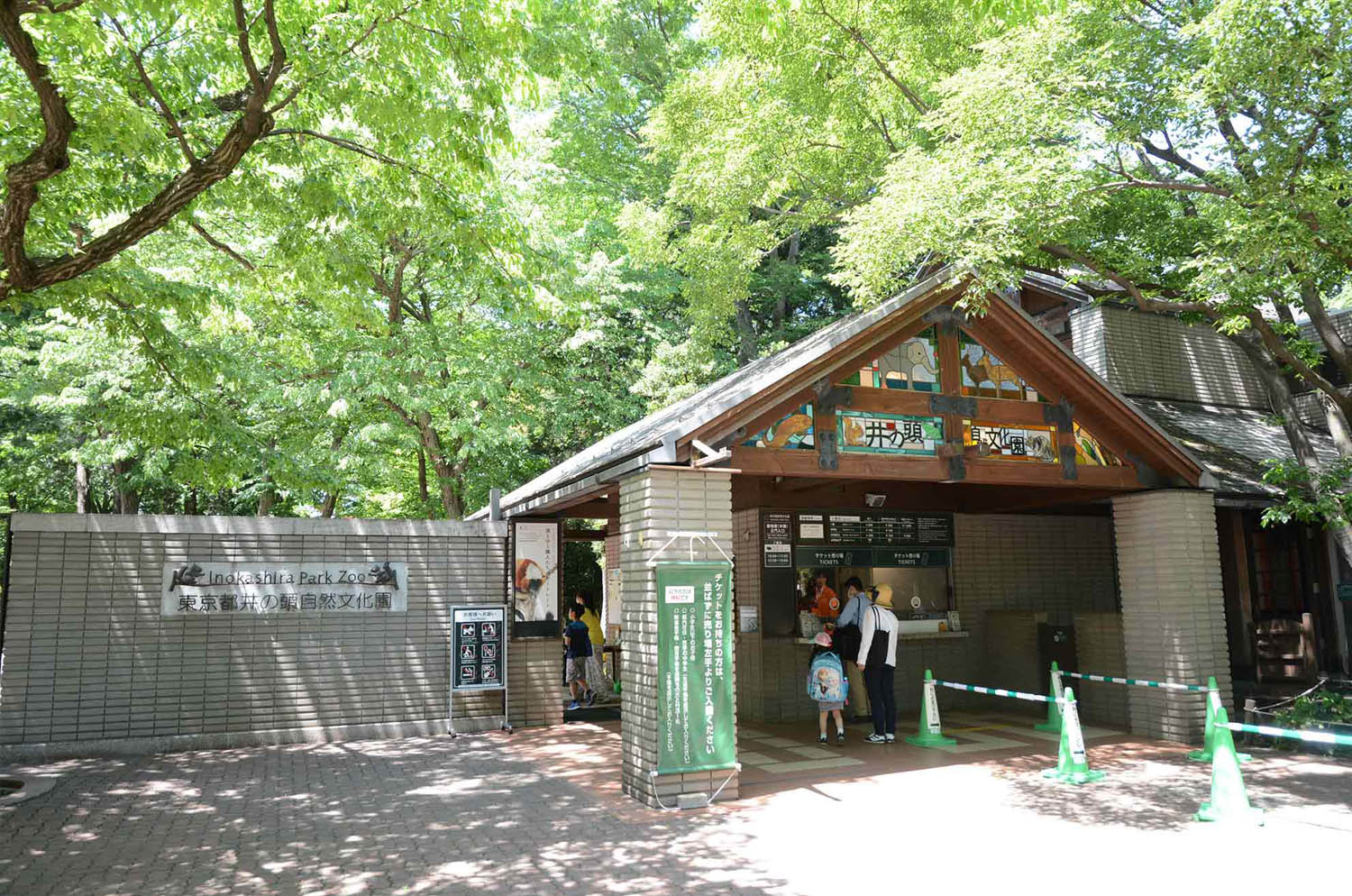
Inokashira Park Zoo
The Inokashira Park Zoo that harmonizes nature and culture is divided into the “Zoo Area (Main Park),” which includes the zoo, the exhibition hall and the sculpture museums, and the “Aquatic Life Park (Lakeside Park),” which includes the aquatic life house and the exhibition area for aquatic birds.
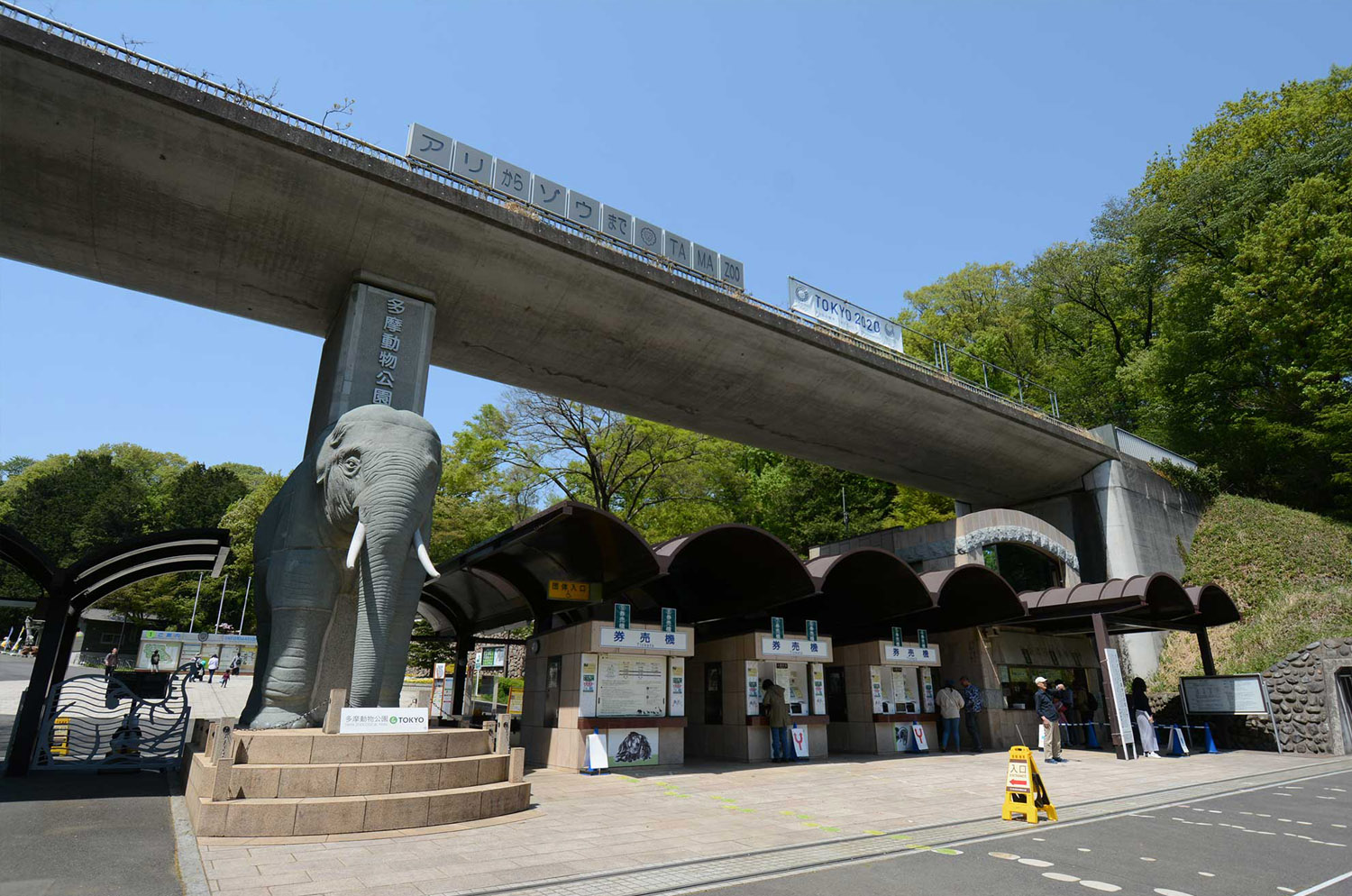
Tama Zoological Park
This unique zoological park is based on the principle of showing animals without fences. The park is more than 50 hectares and one of the largest zoos in the world. Surrounded by rich nature, a variety of rare animals live in there.

The Shoto Museum of Art
The calm and quiet museum is located in a residential district of Shibuya. Featuring the thematic exhibitions of various genres, the museum also provides some activities to support art education. It has a reputation for its unique perspective and high-quality exhibitions.

TOKYO METROPOLITAN TEIEN ART MUSEUM
This is the art museum in which you can enjoy exhibitions and a lush green garden that make use of the Former Residence of Prince Asaka in Art Deco style and its space. The residence is one of the national important cultural properties.
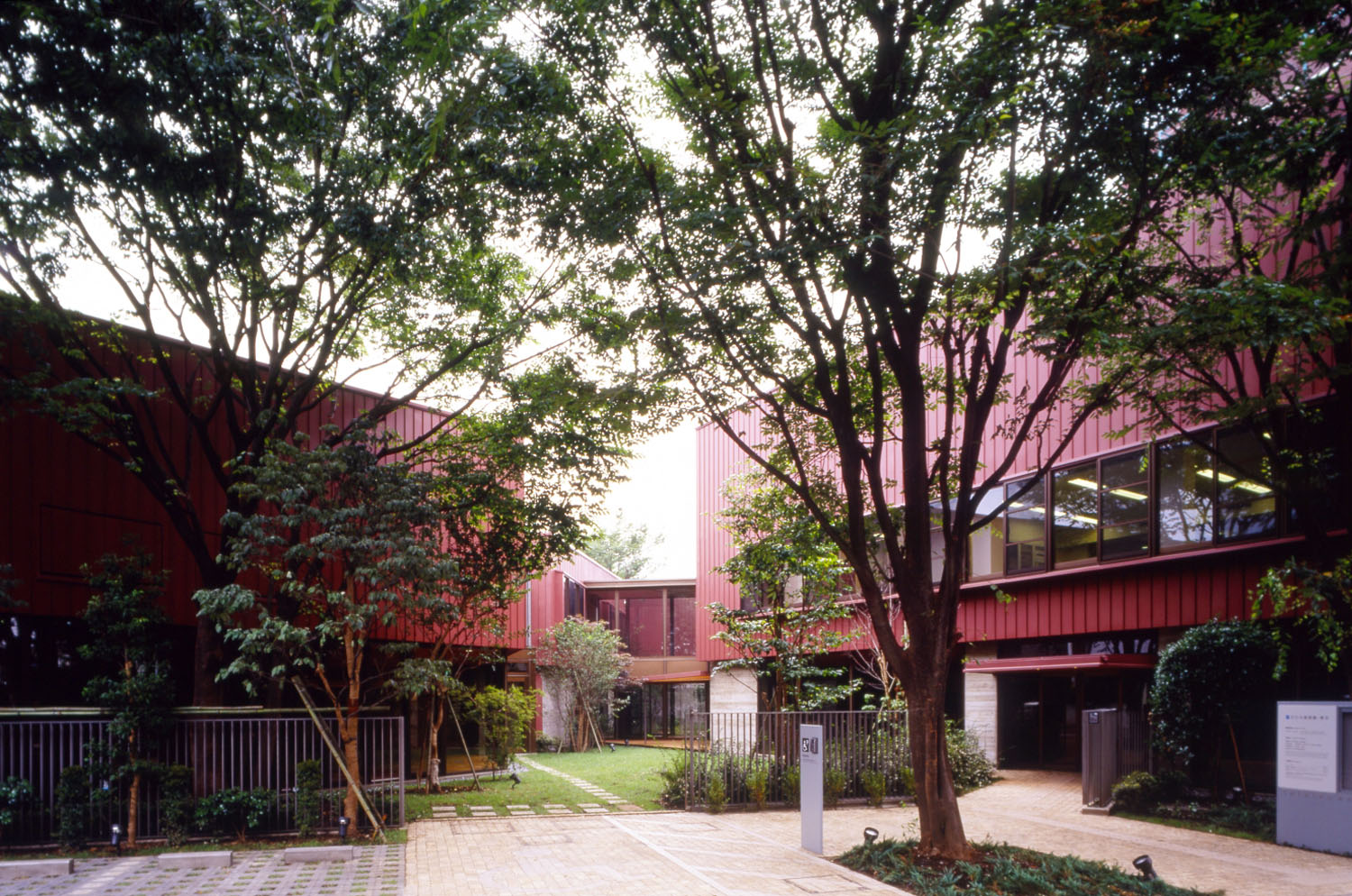
CHIHIRO ART MUSEUM TOKYO
The museum is built on the site which was the home and atelier of a Japanese picture book artist, Iwasaki Chihiro. As the first museum of picture books in the world, it features art works of Iwasaki Chihiro and other picture book artists in the world, as well as shows of various art genres for visitors of all ages.

National Museum of Nature and Science
This is the only comprehensive science museum on history for nature and science technology in Japan’s national museum. Preserving more than five million of collections, the museum also exhibits many valuable documents, which are unique to Japan.

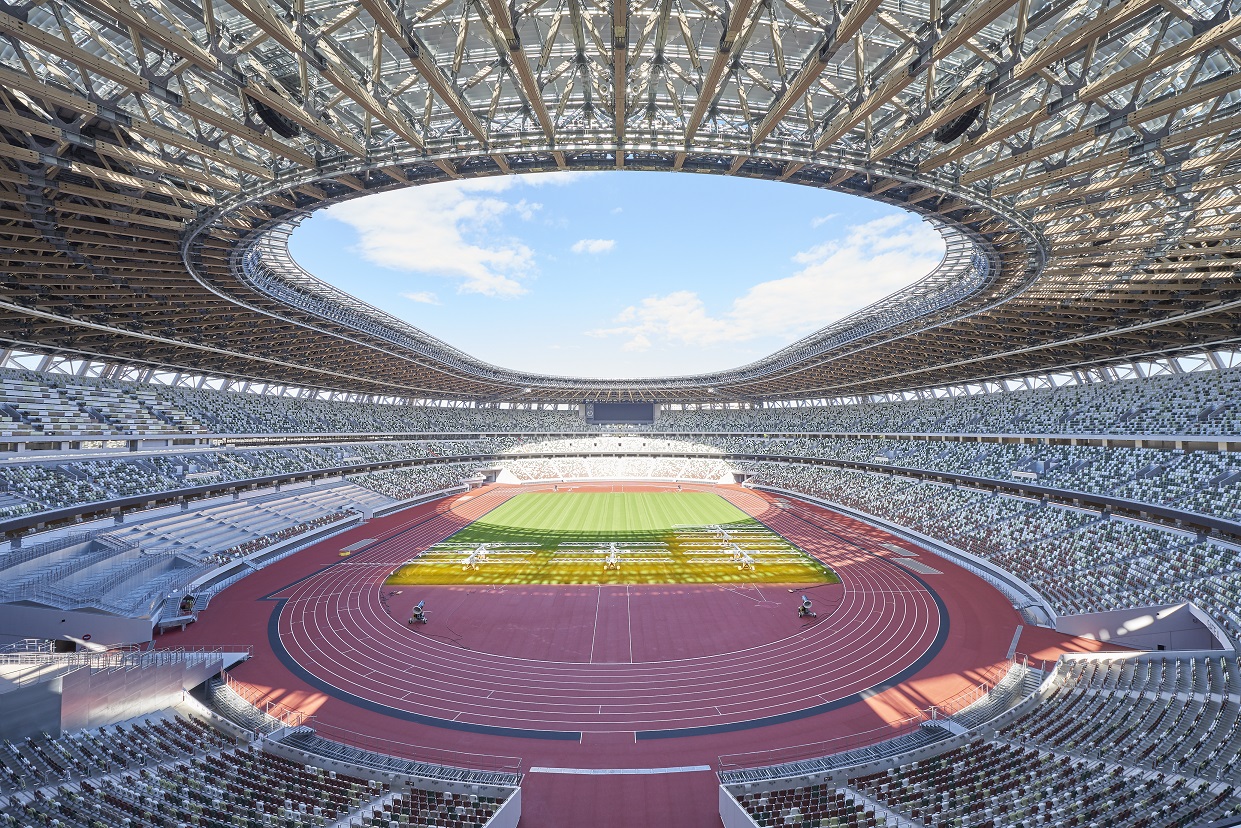
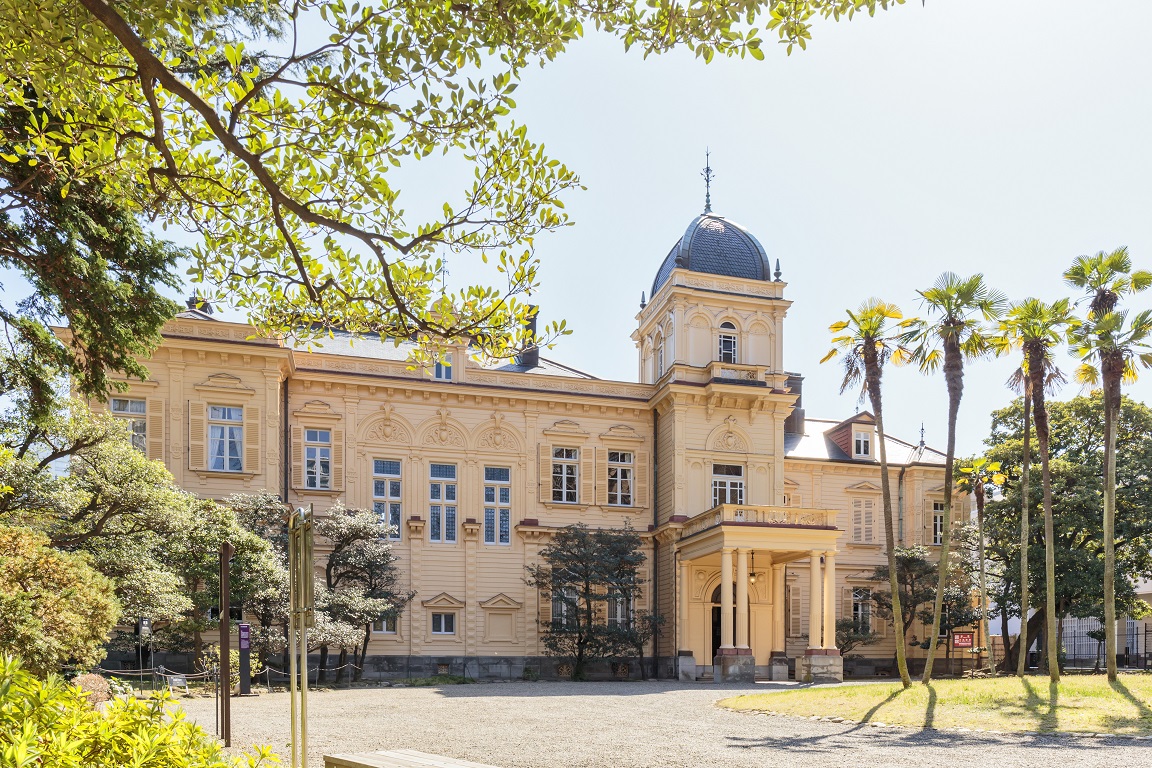
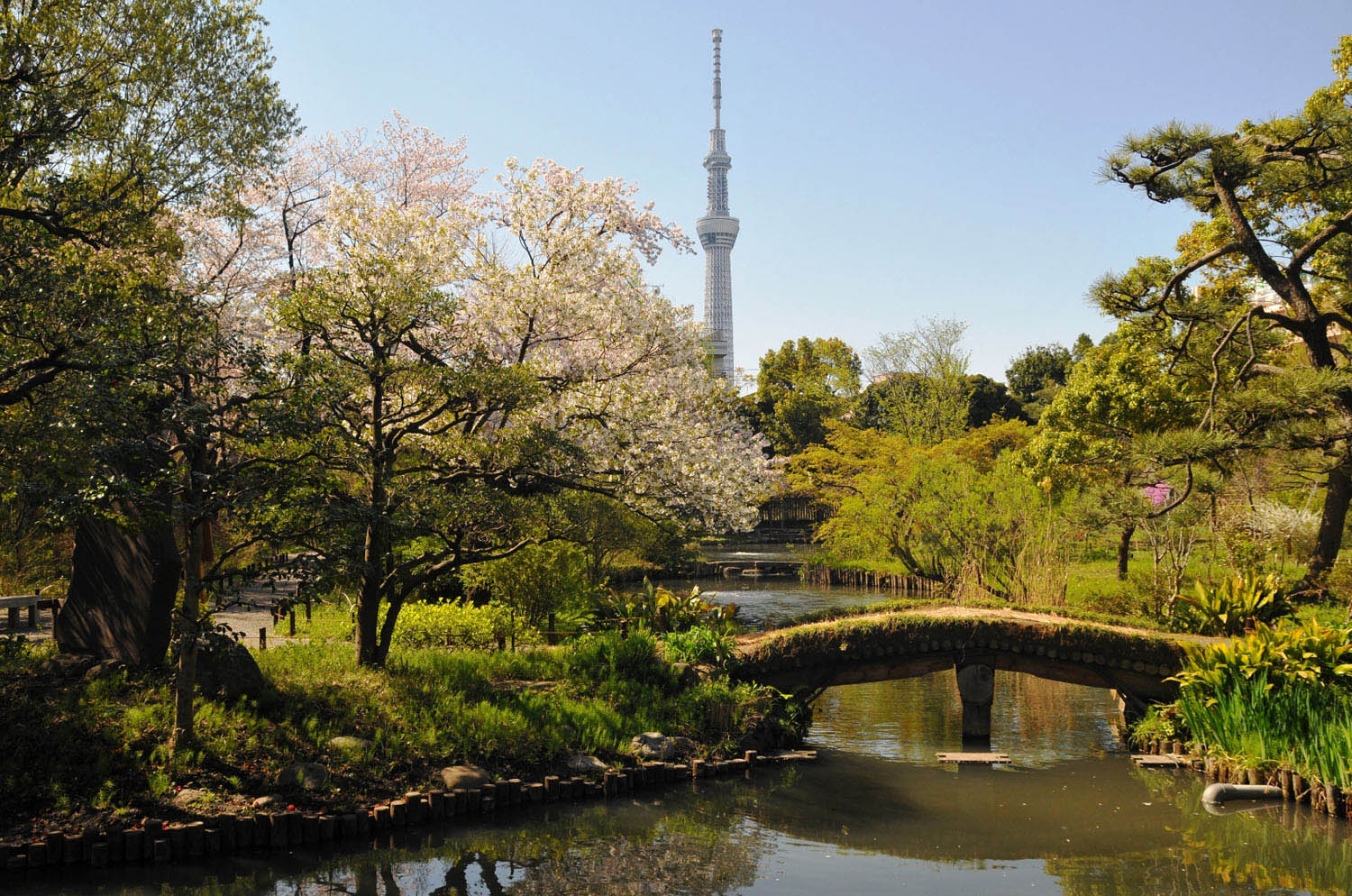
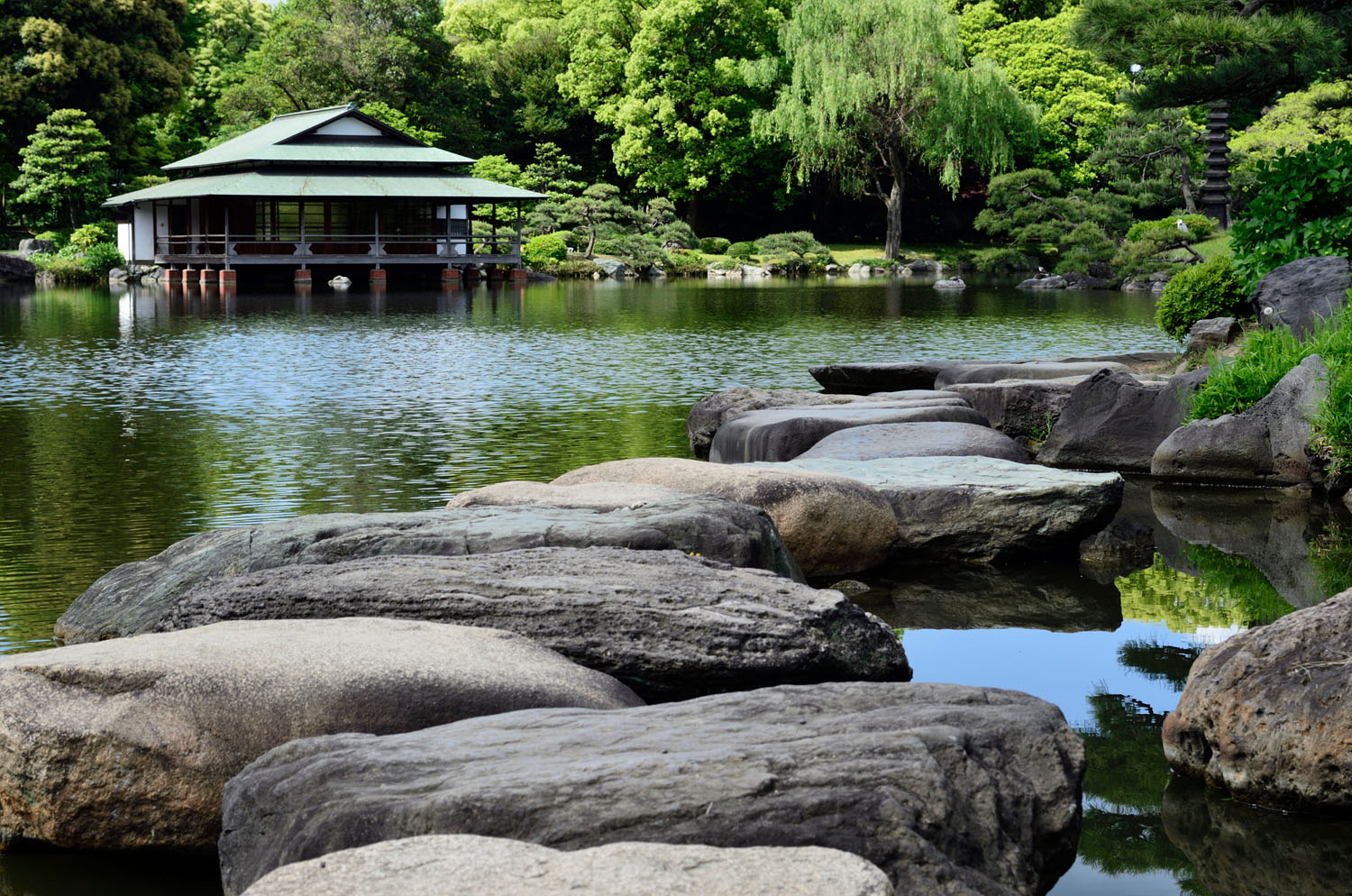
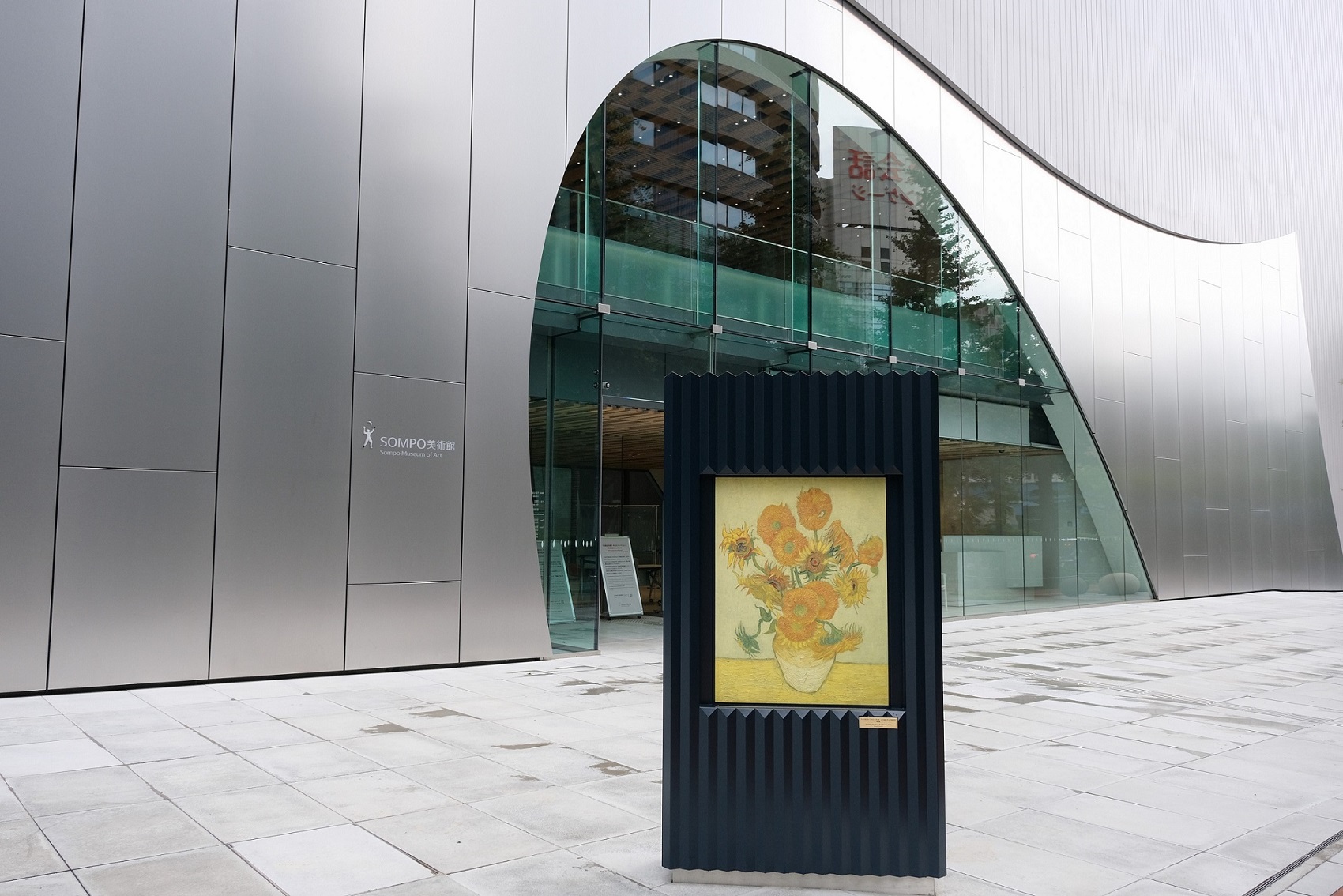

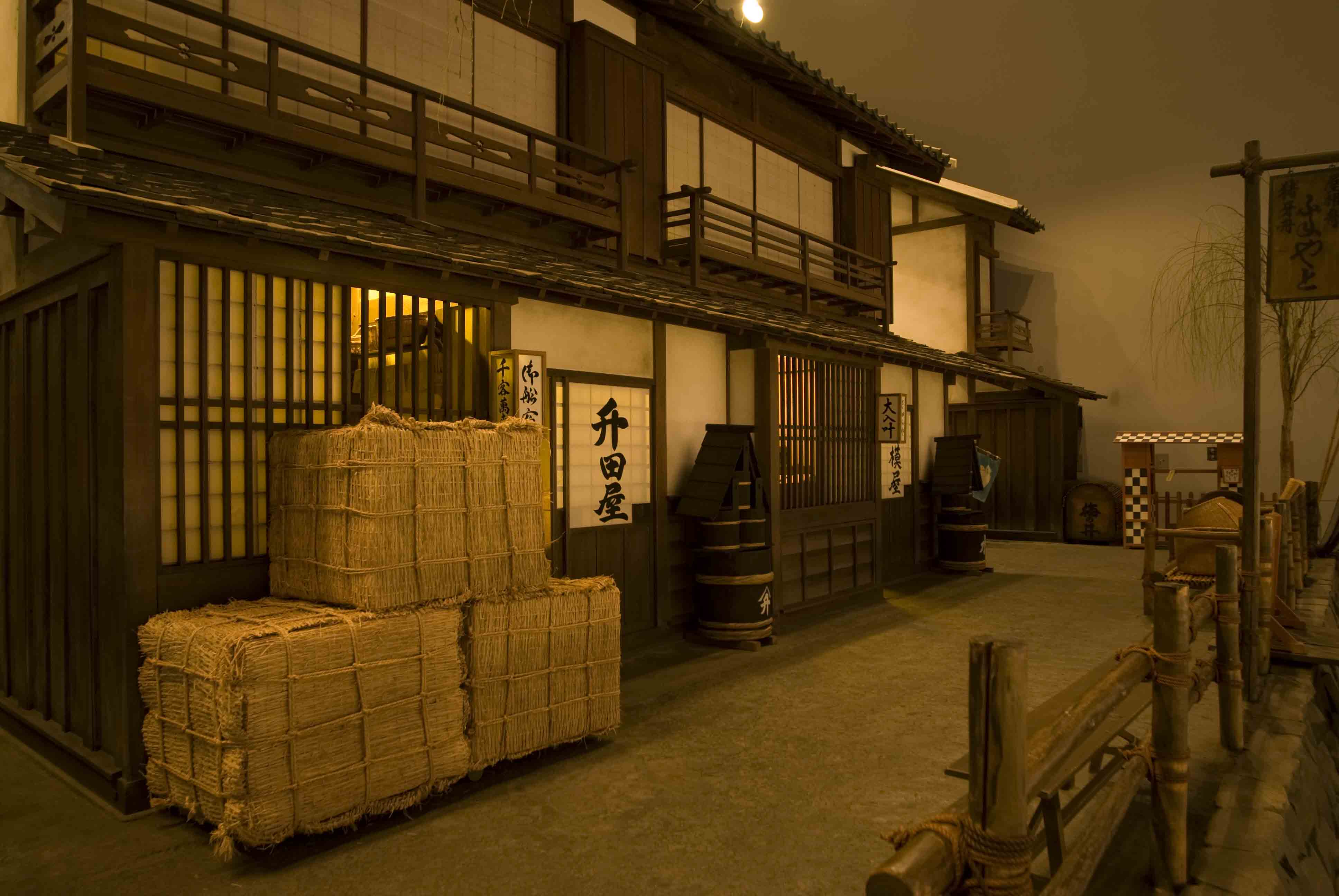
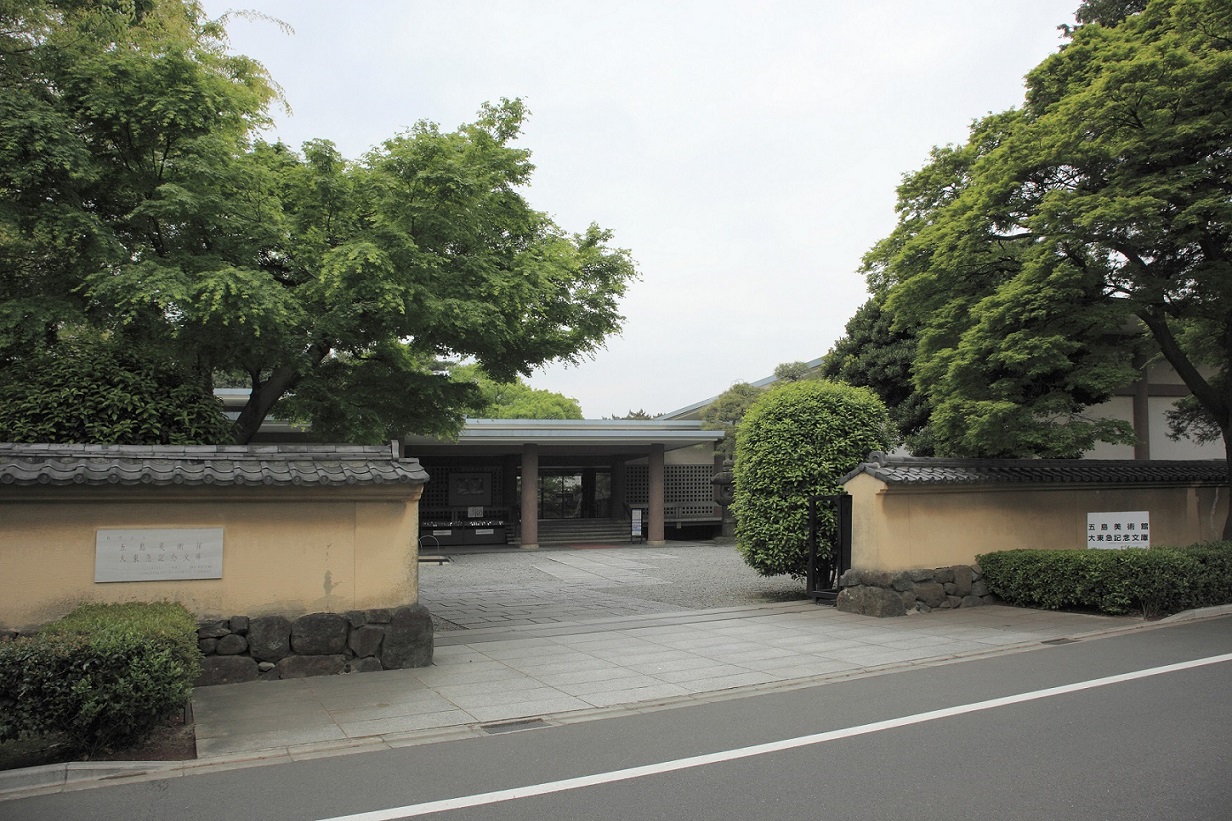

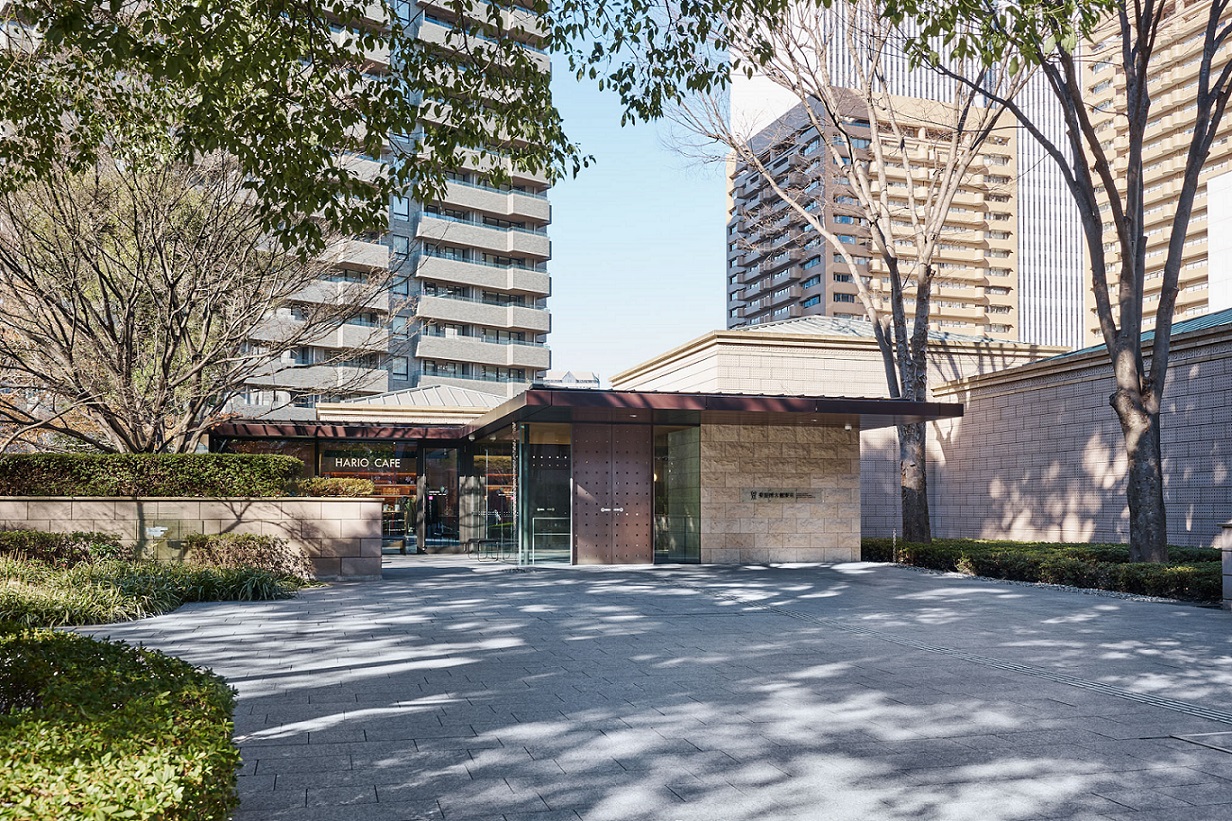
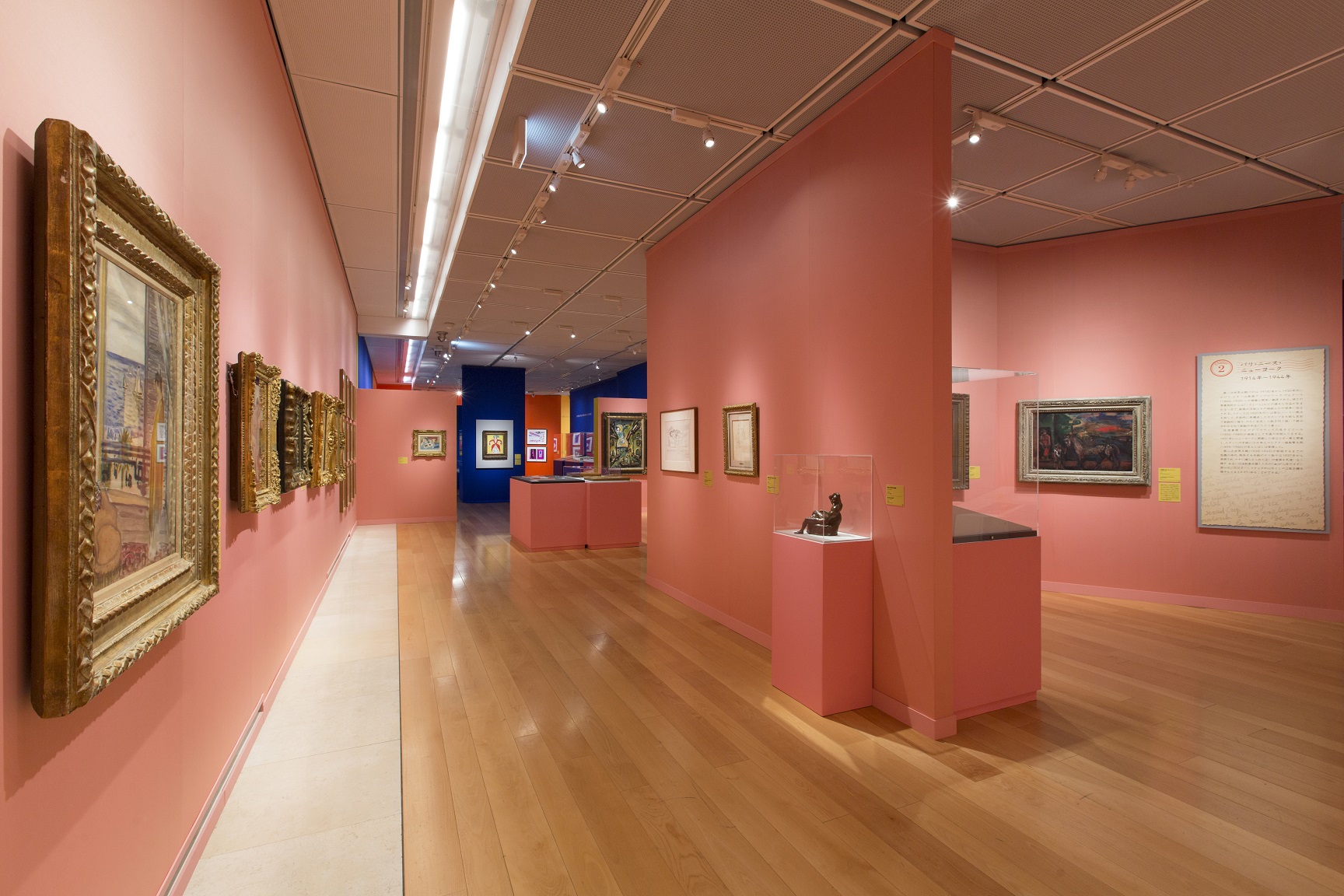
.jpg)
